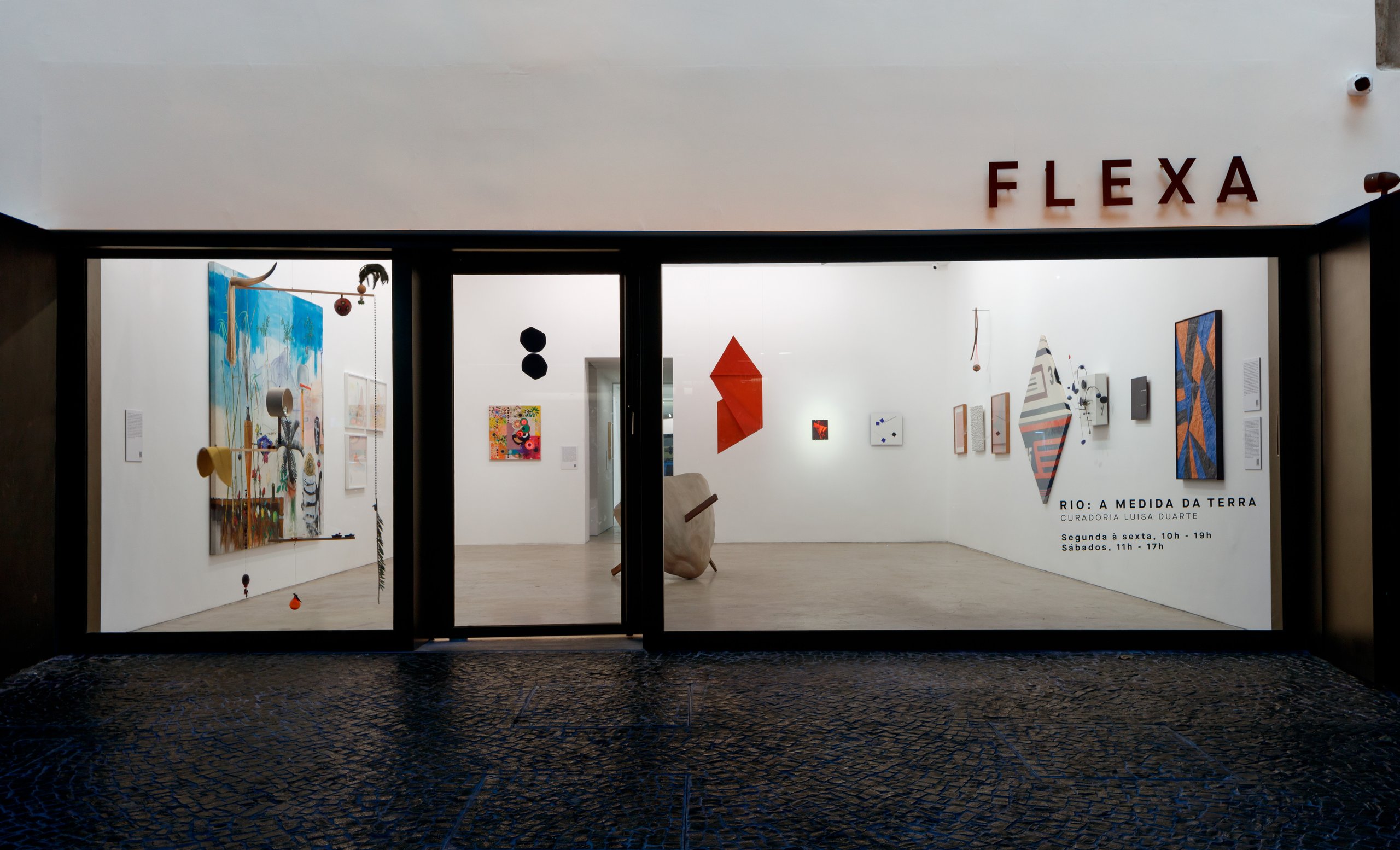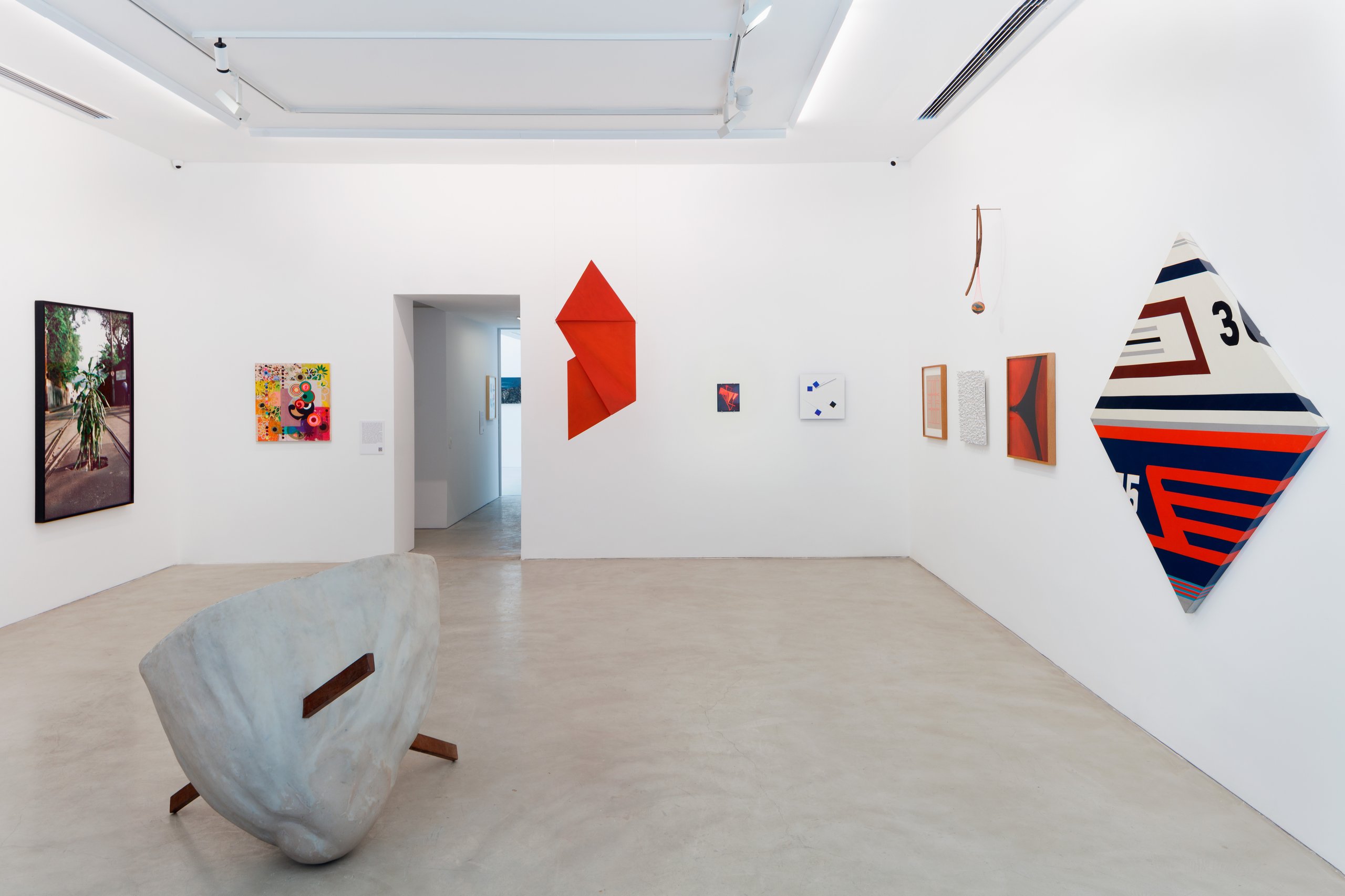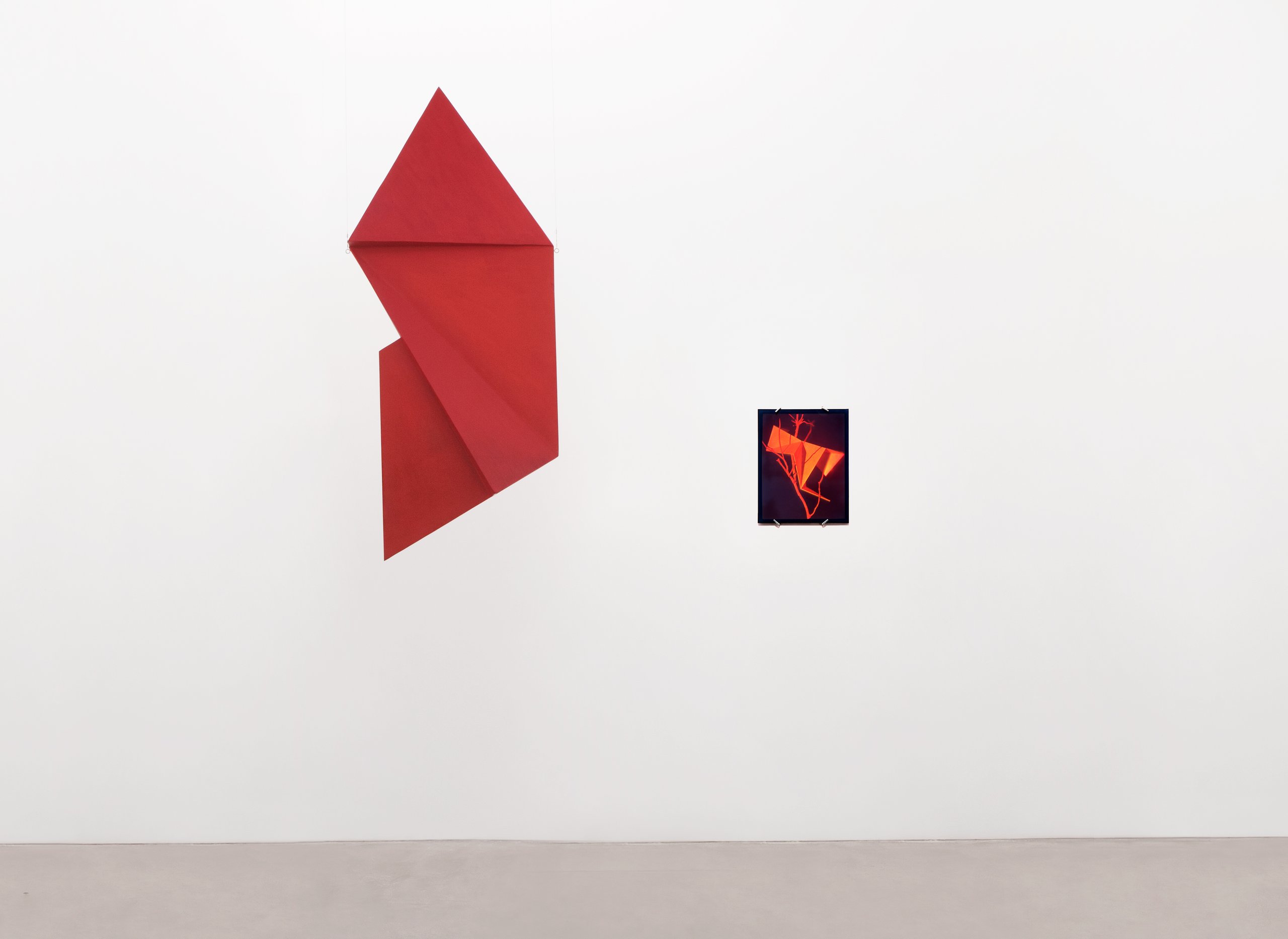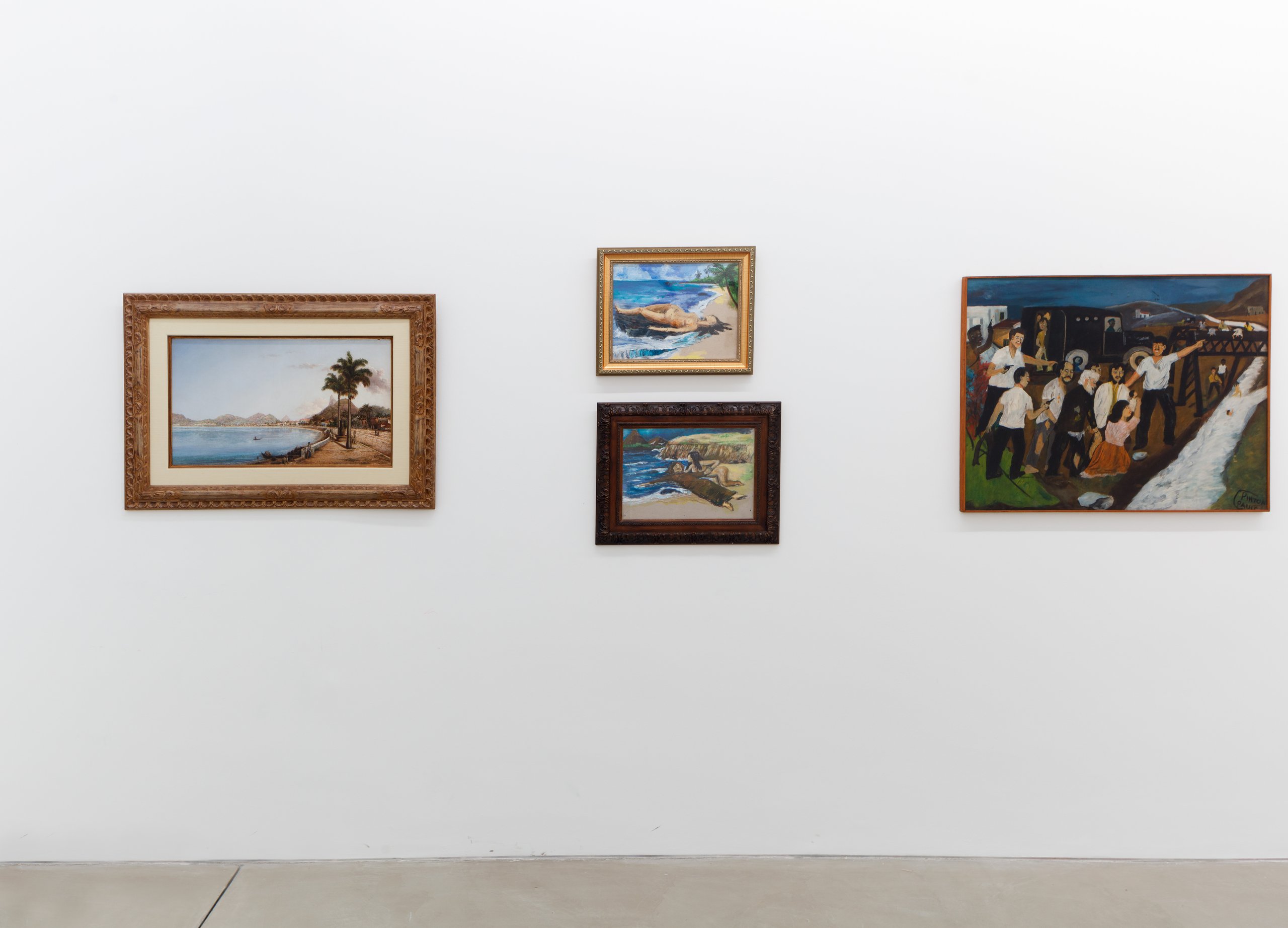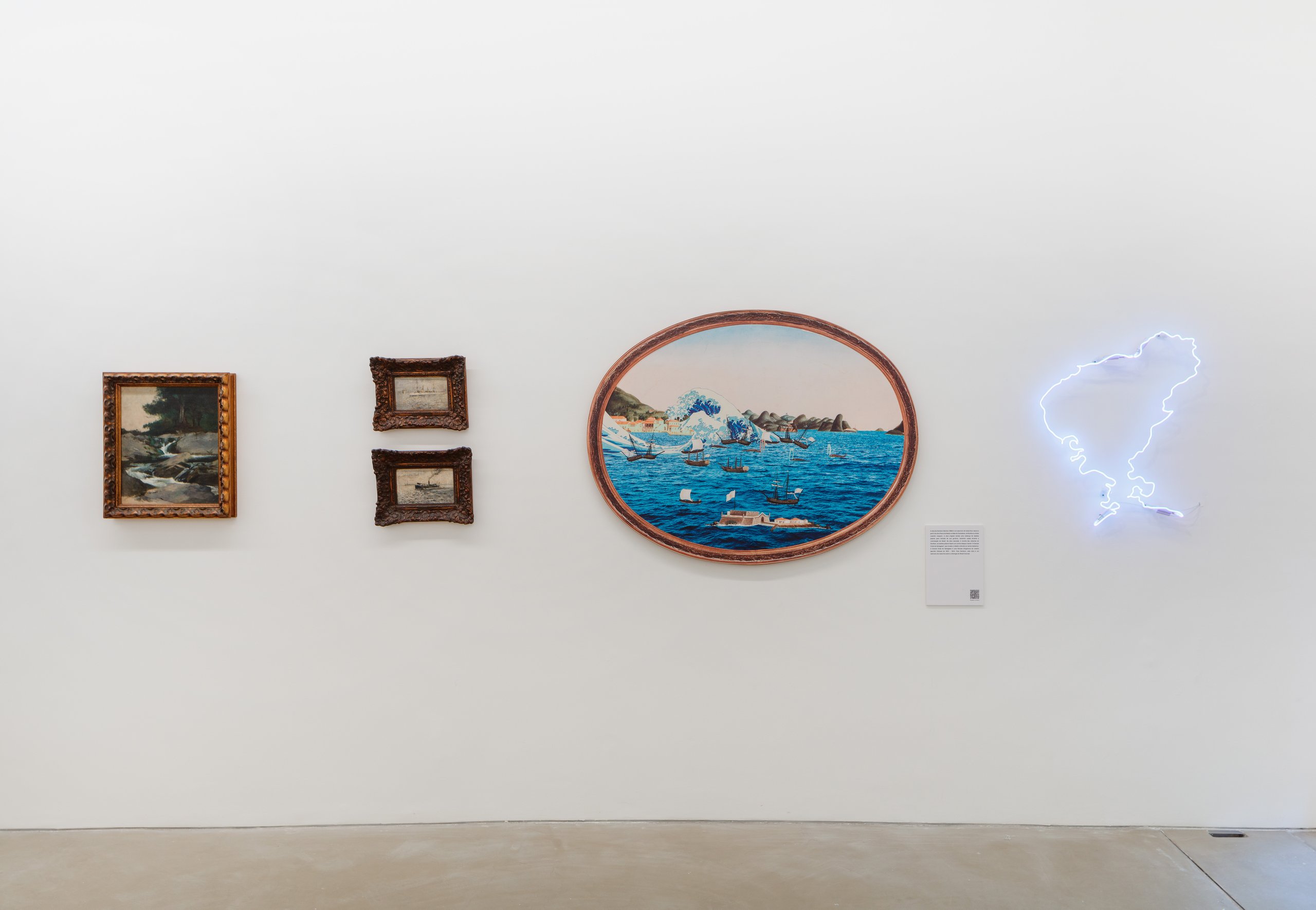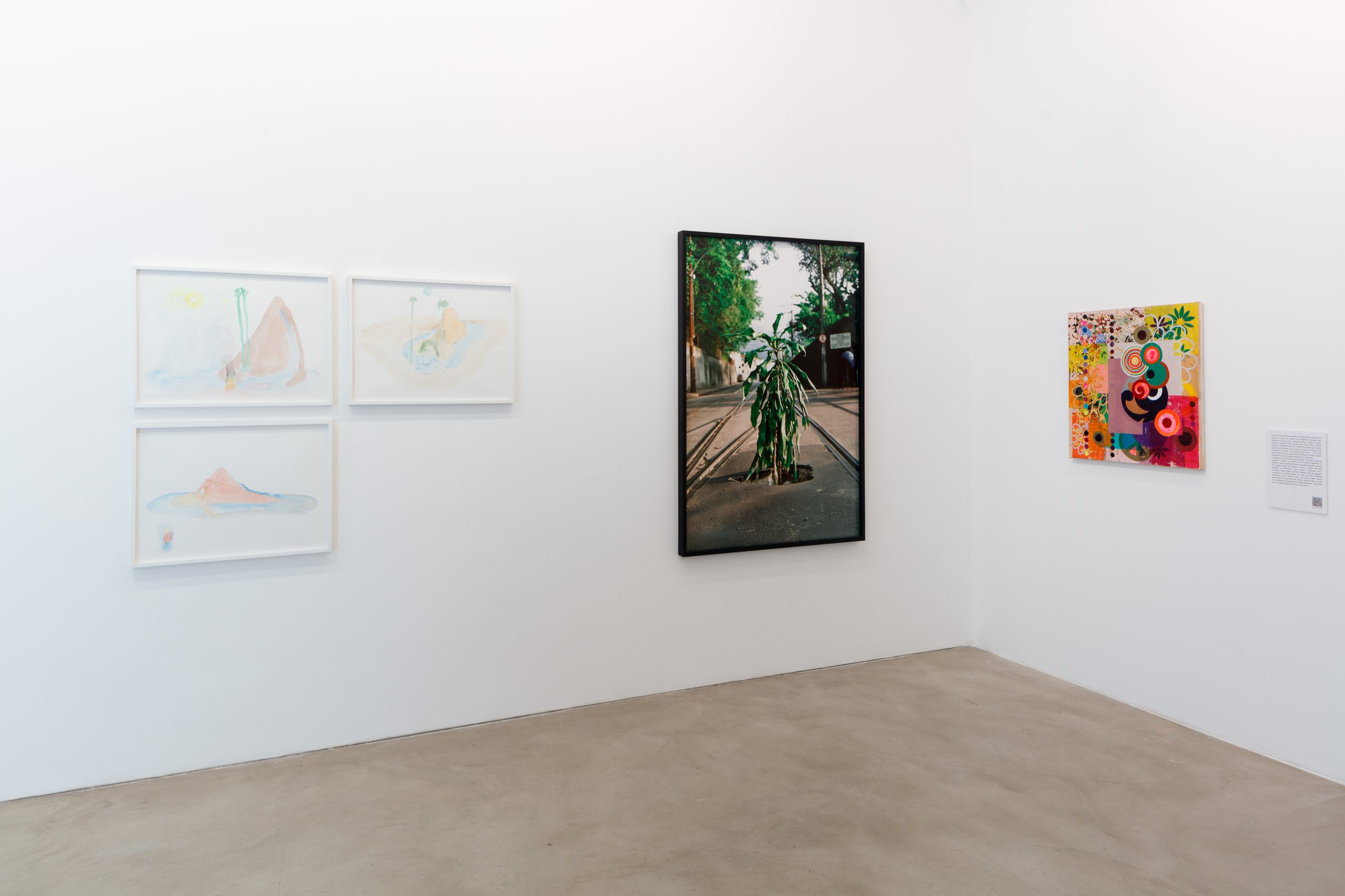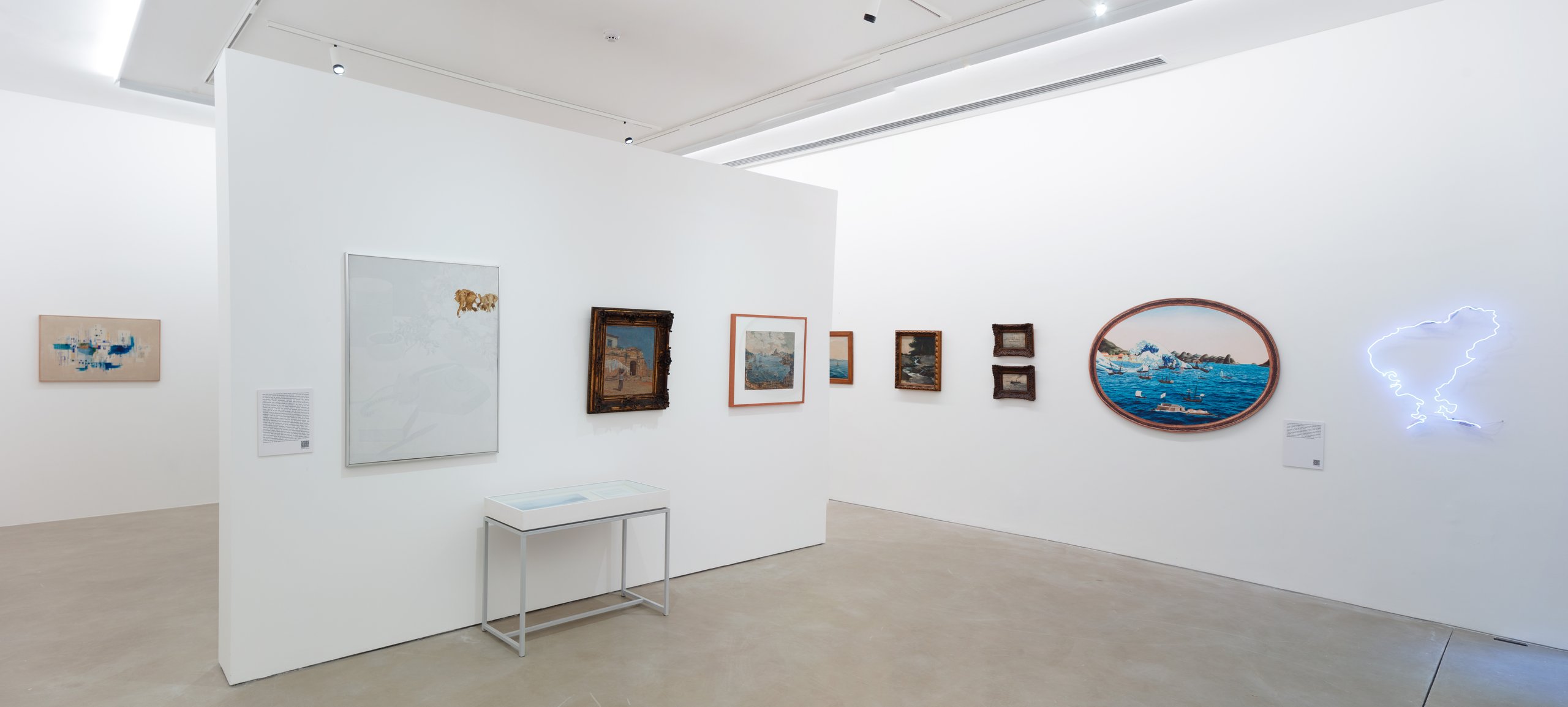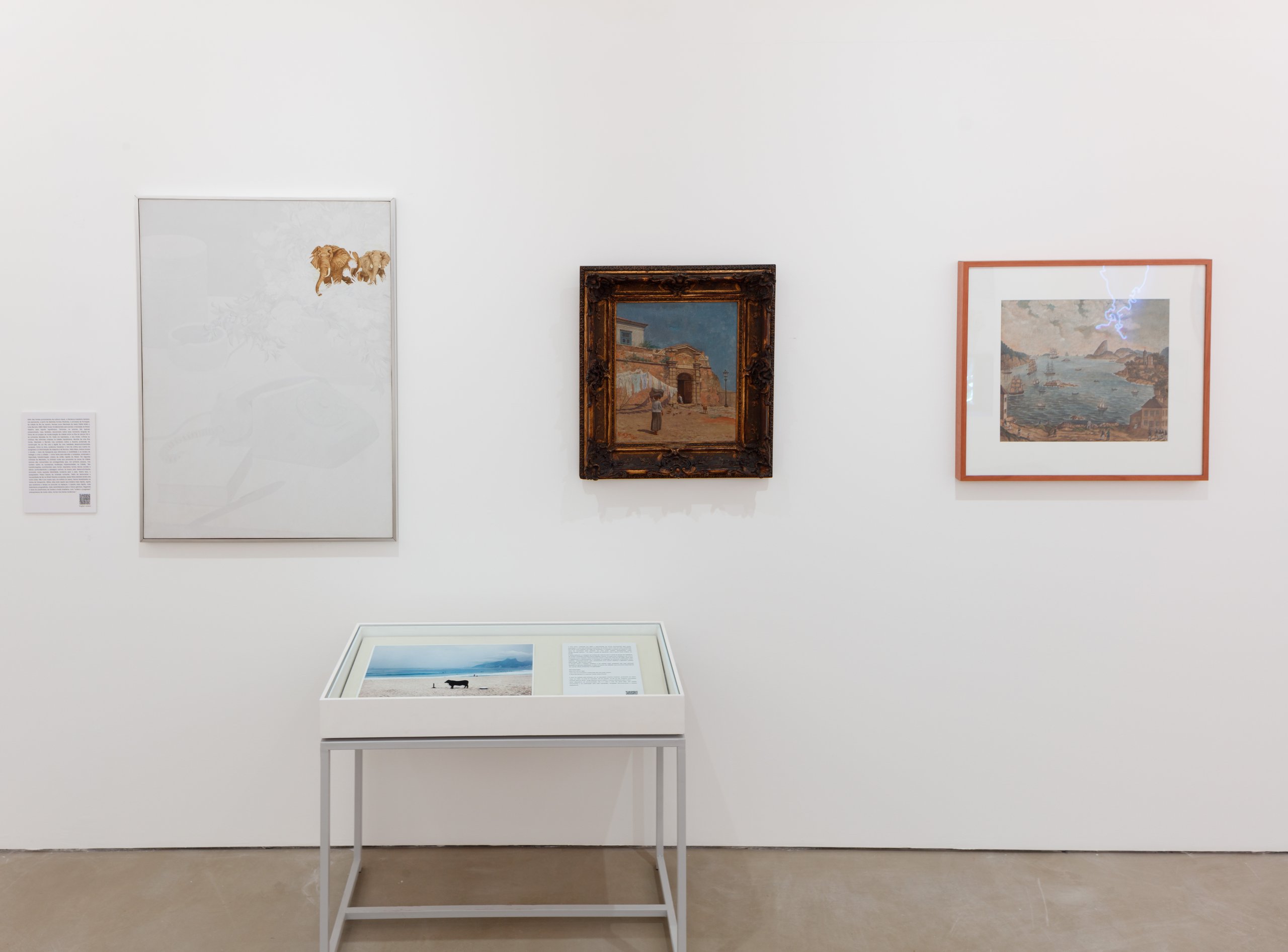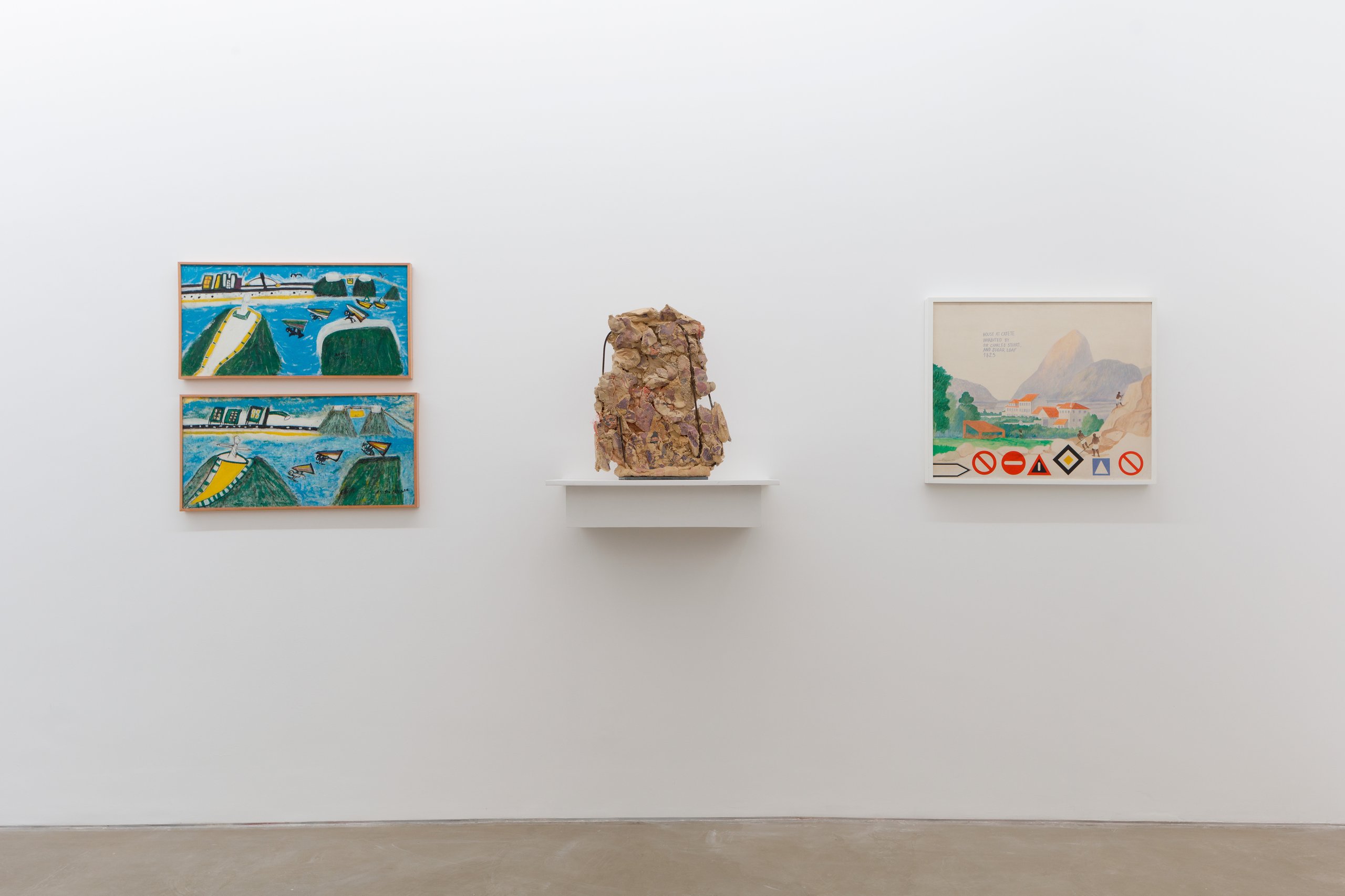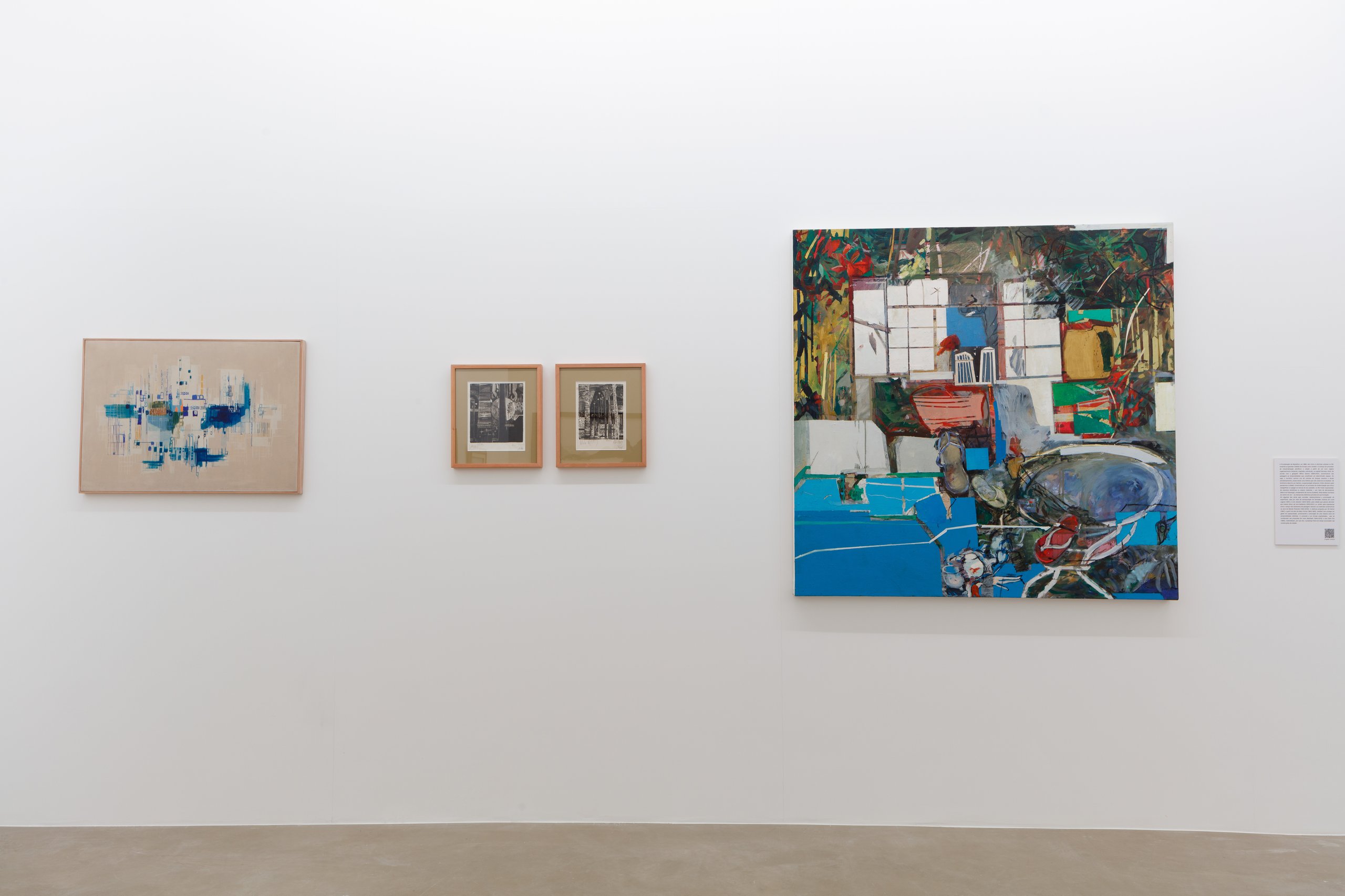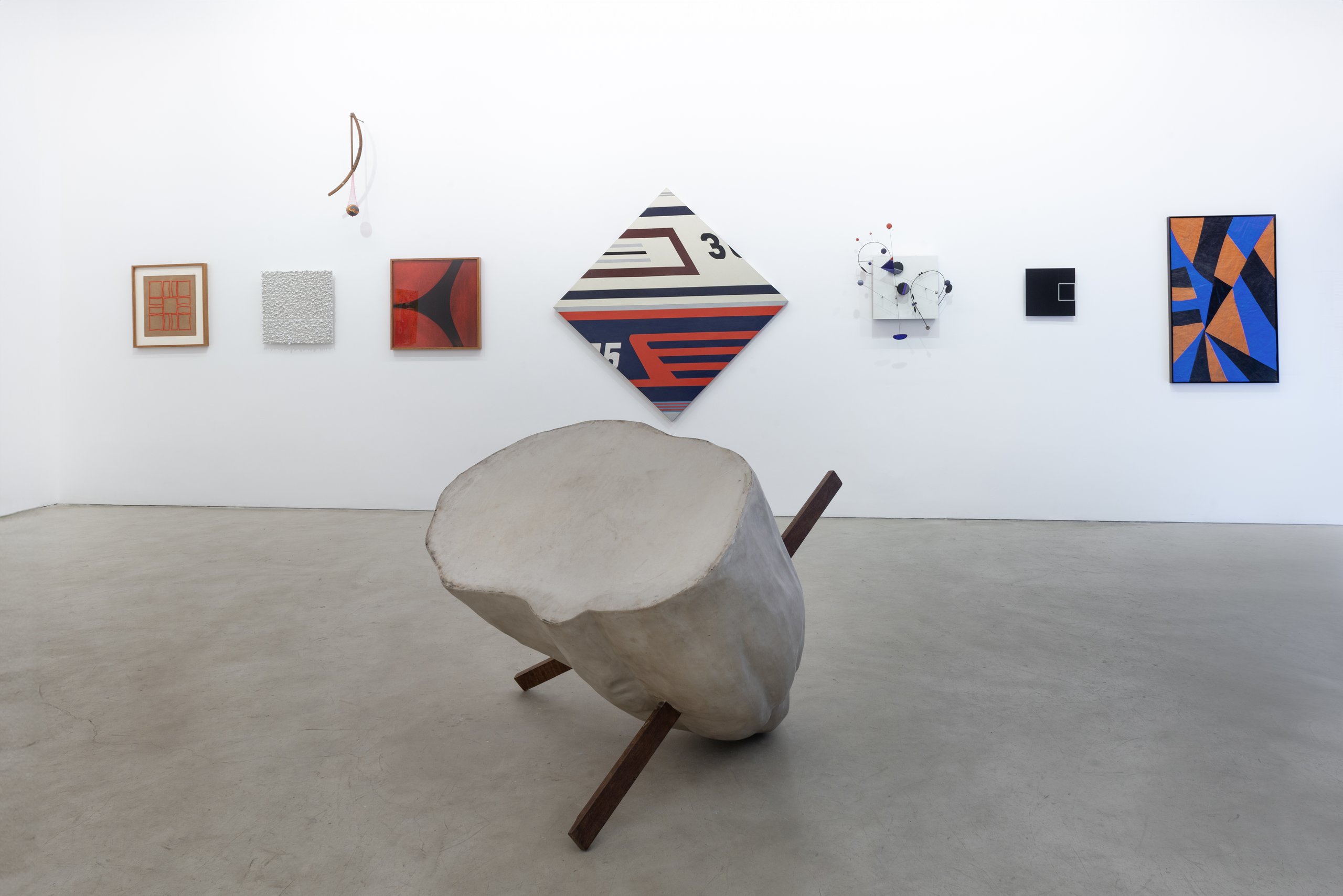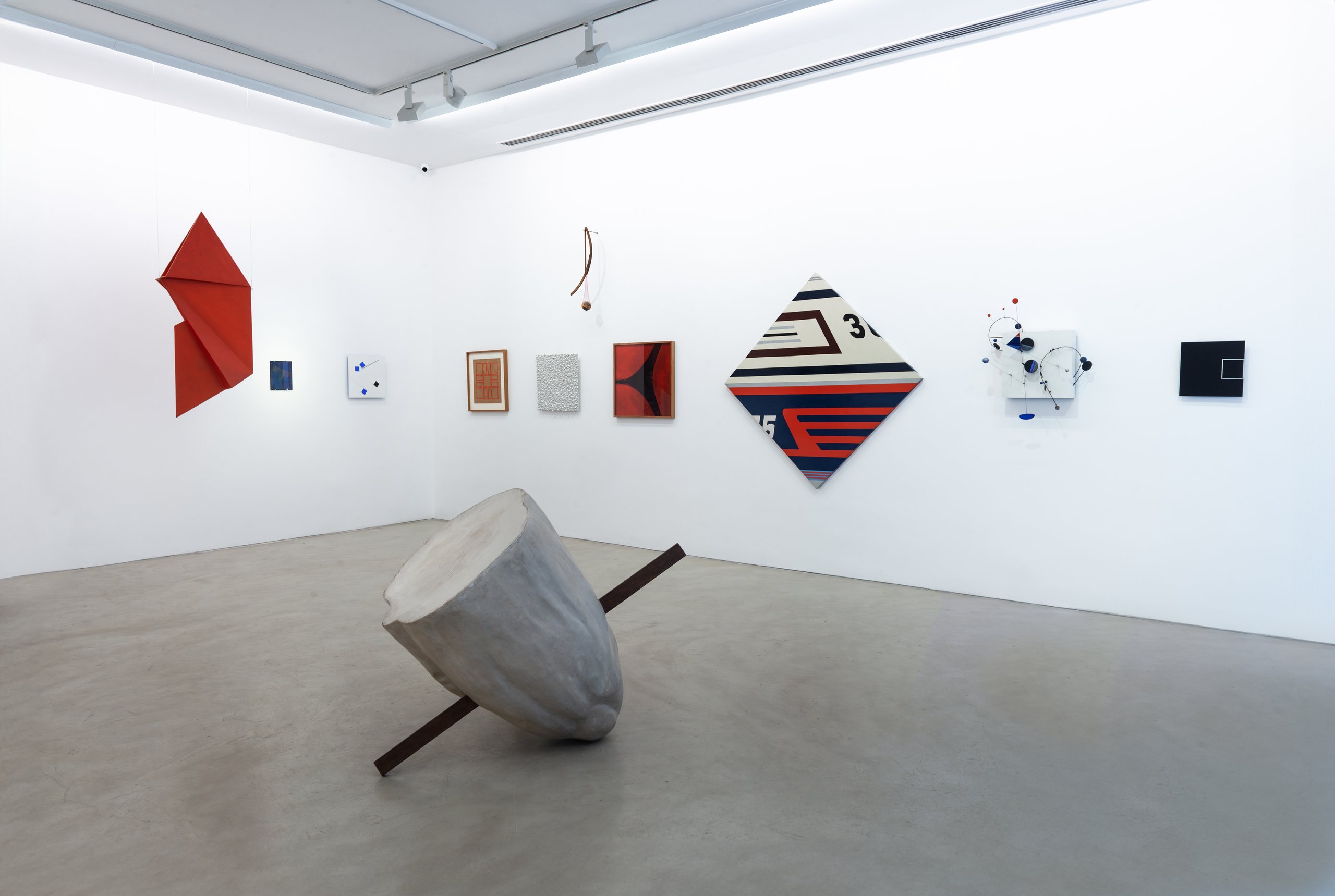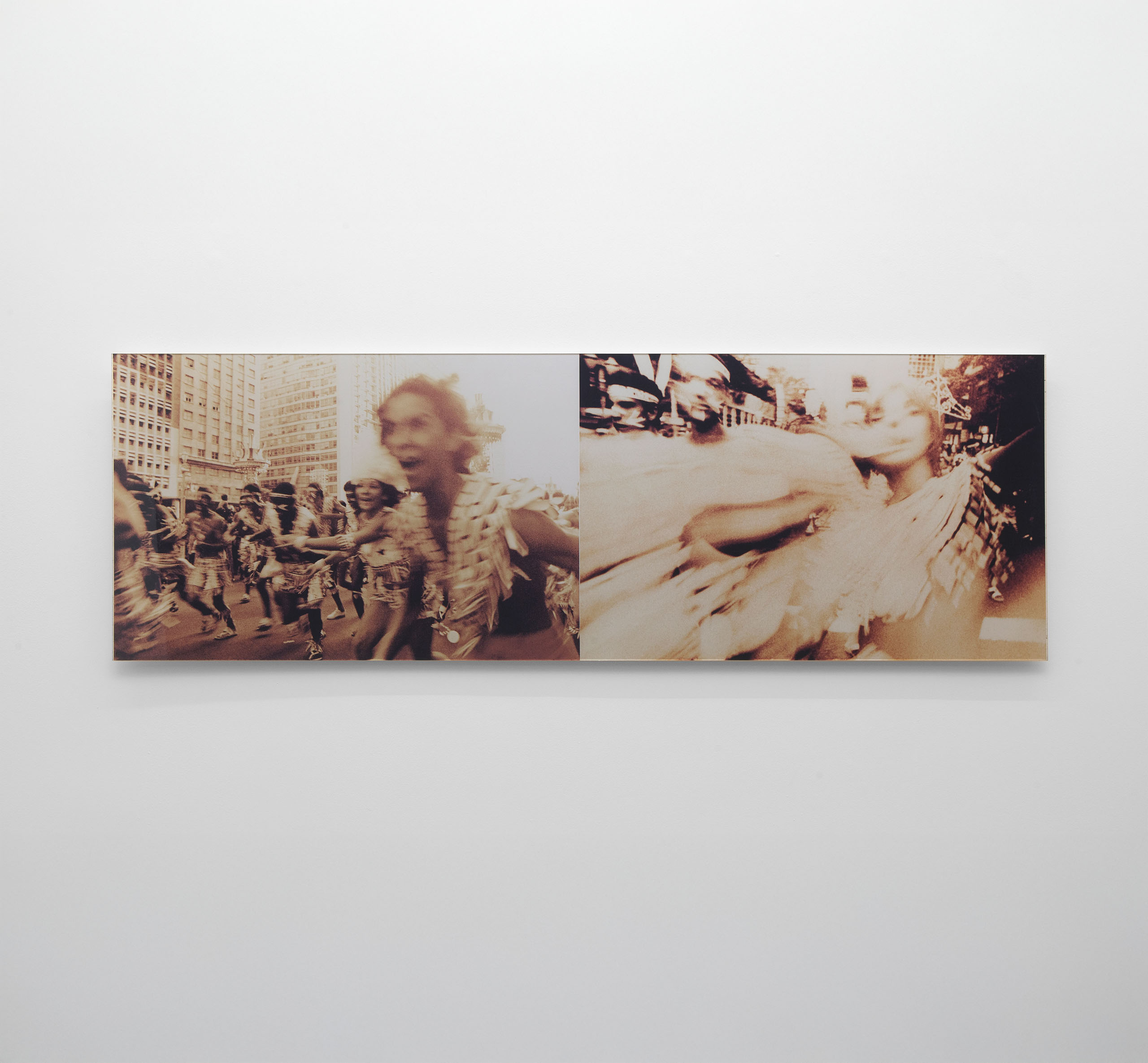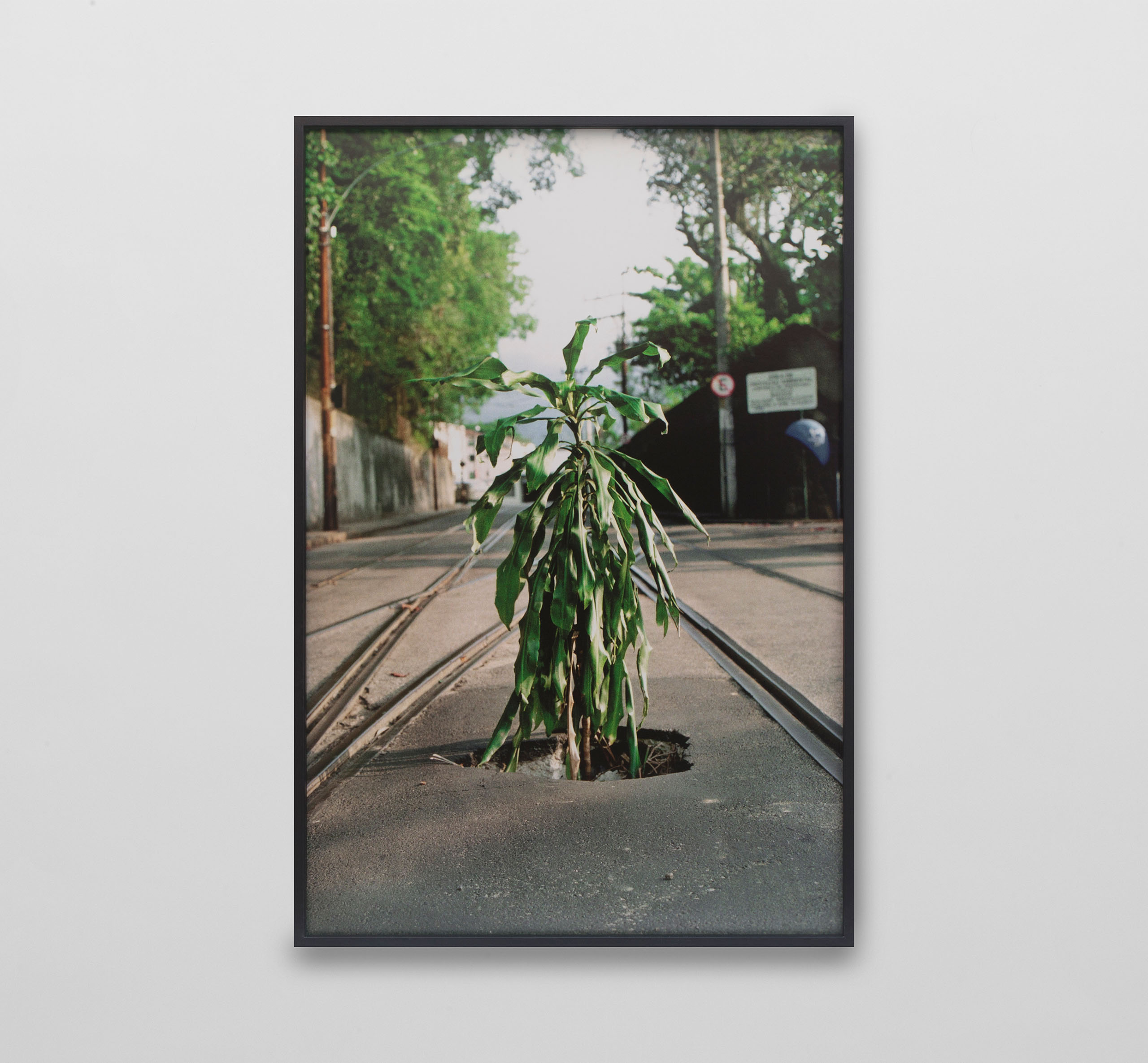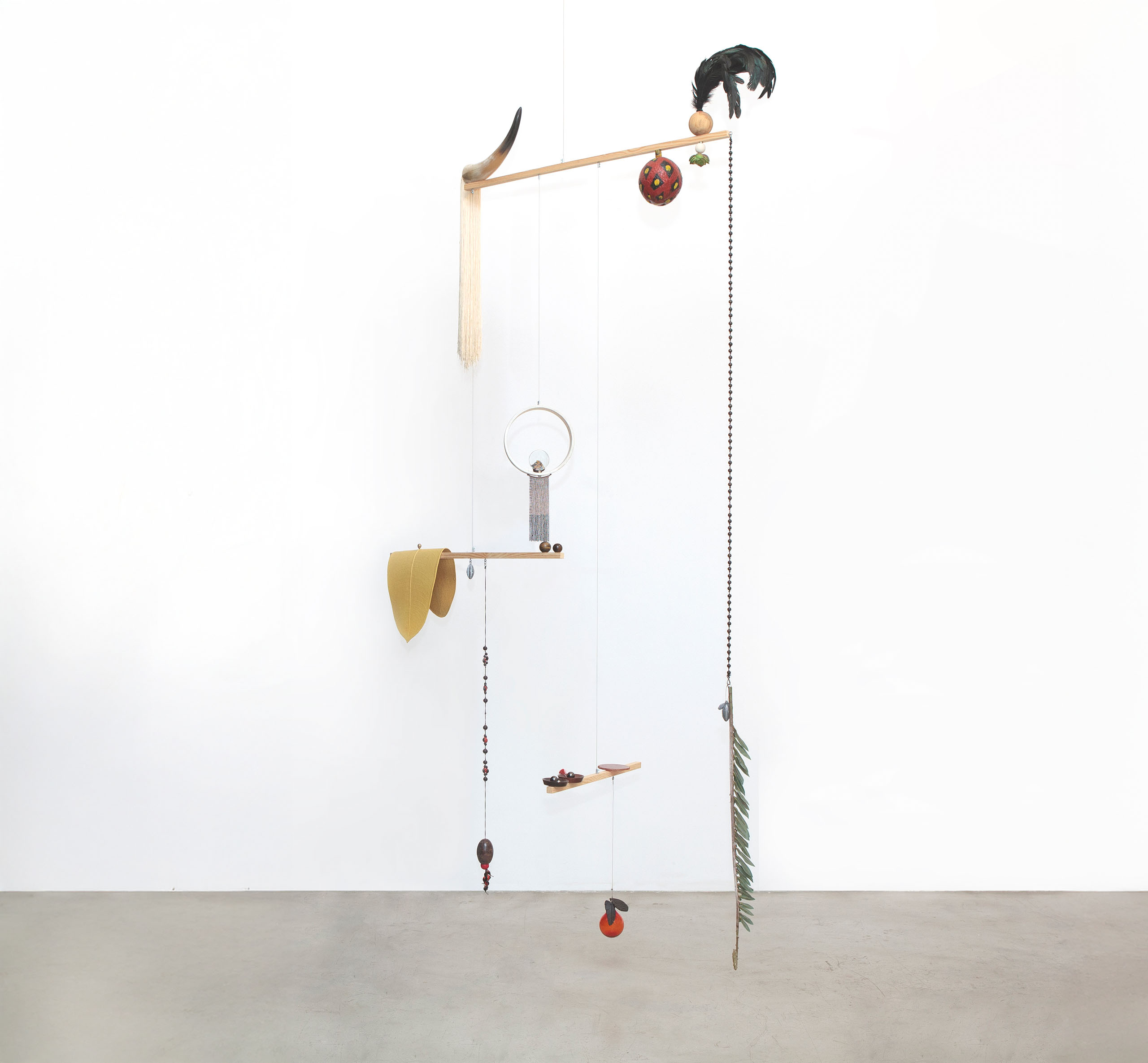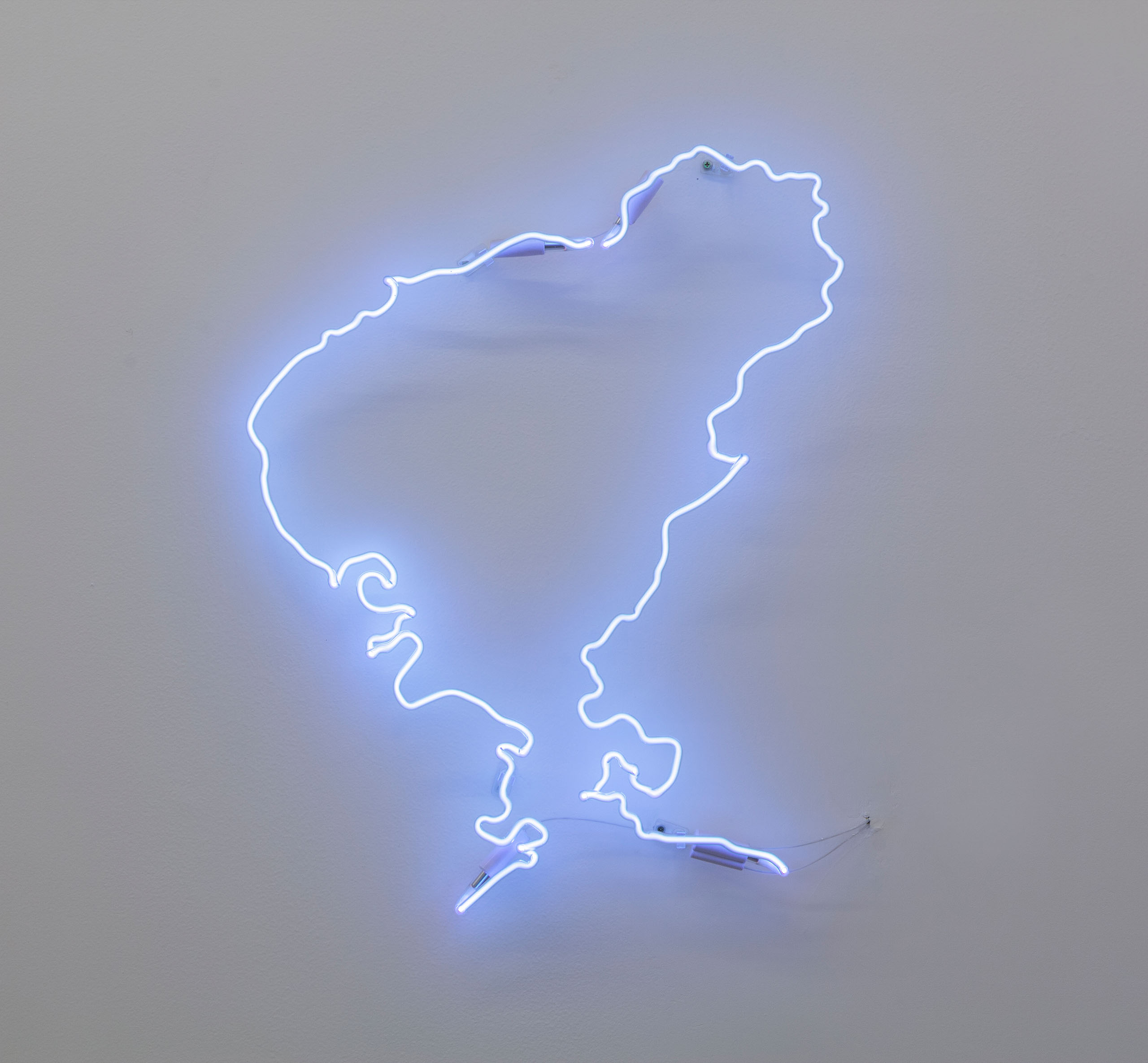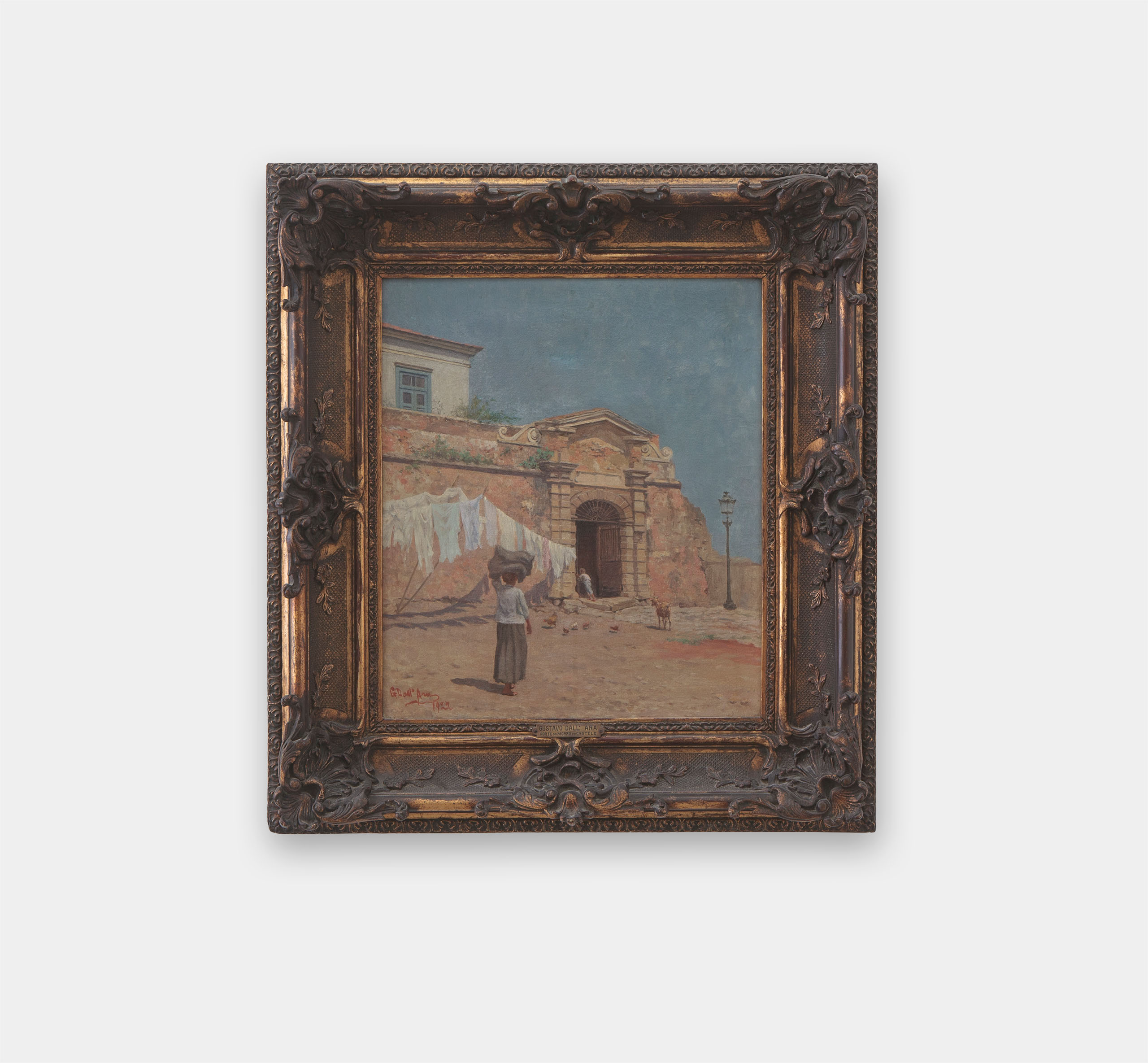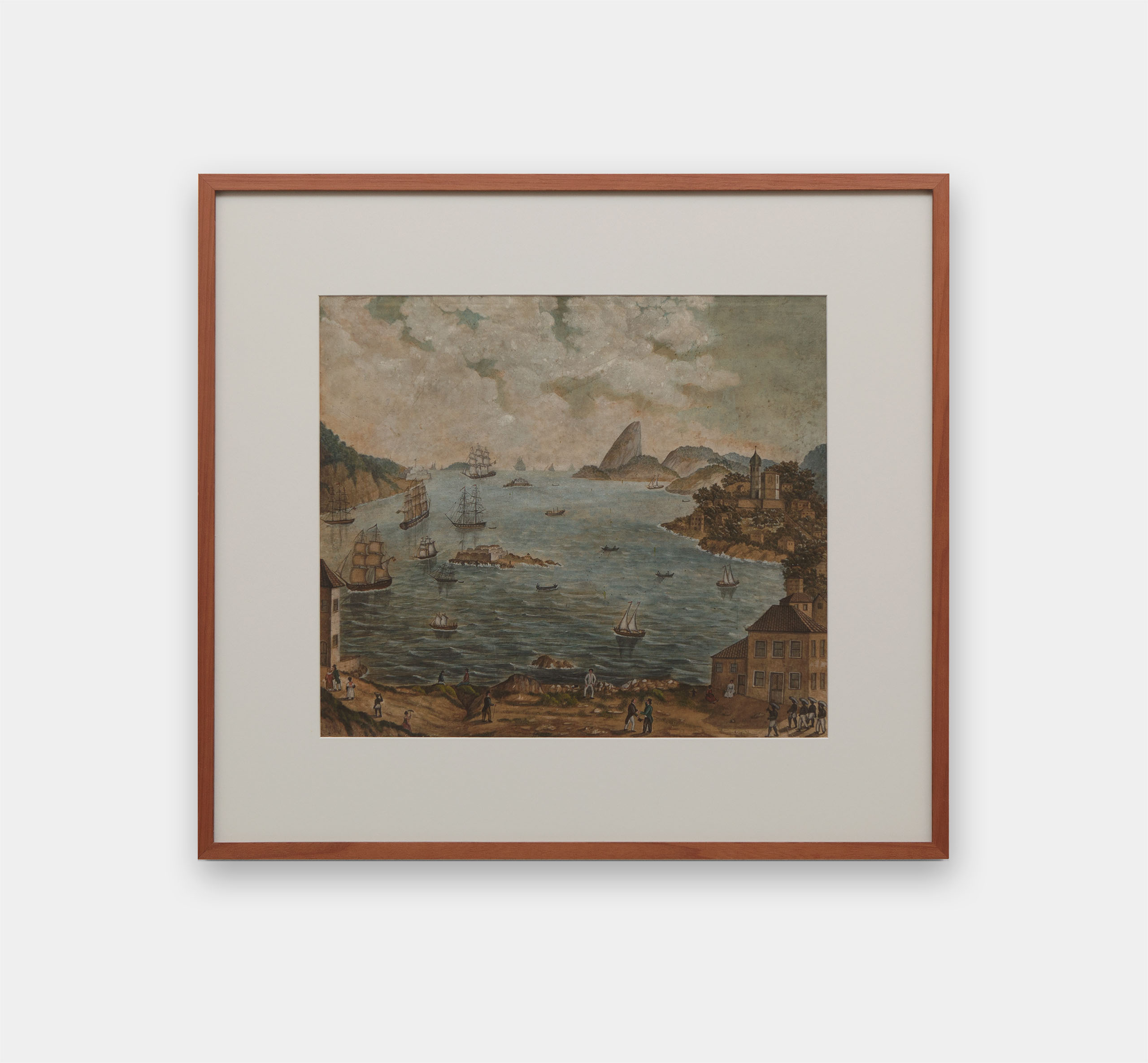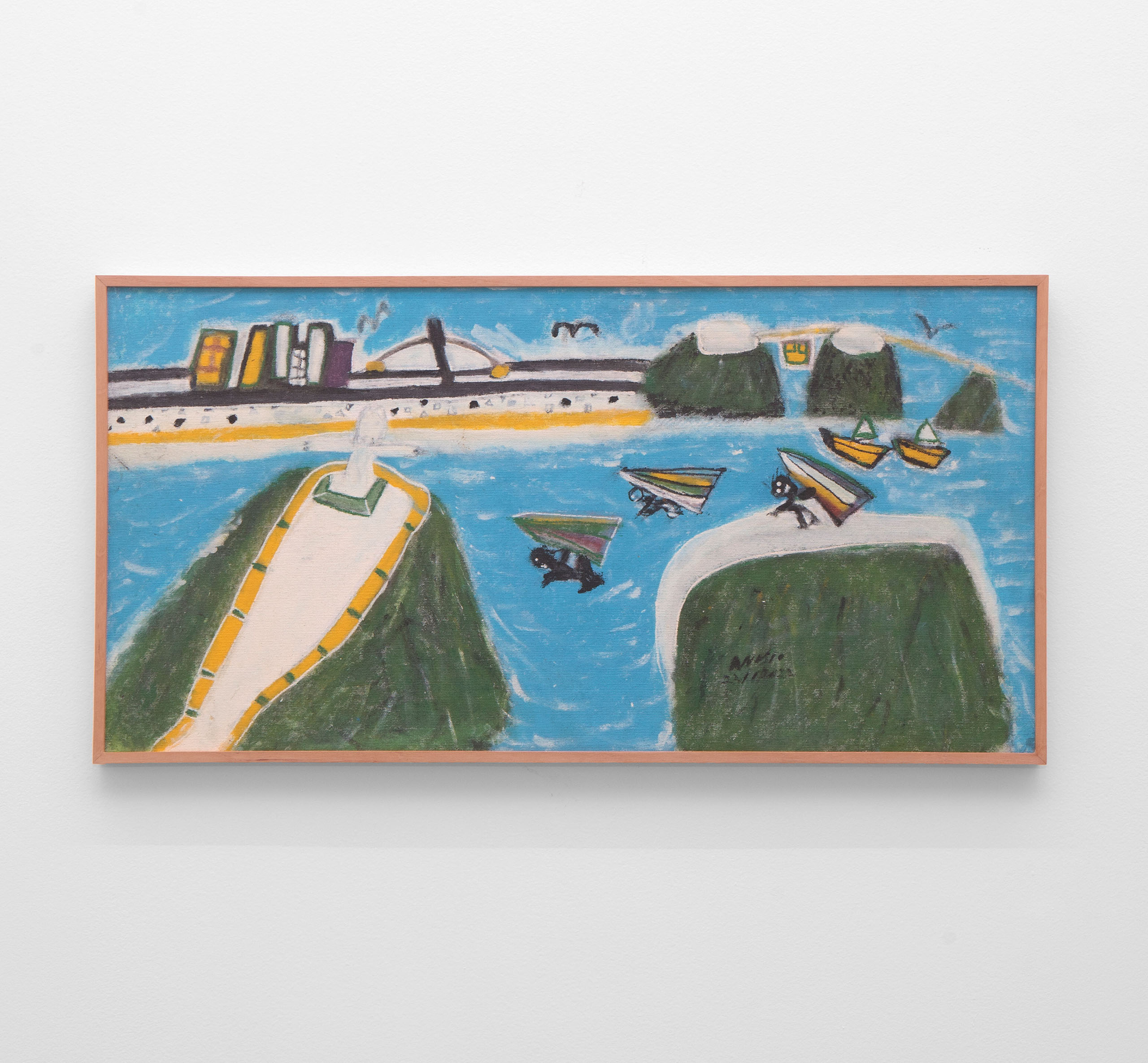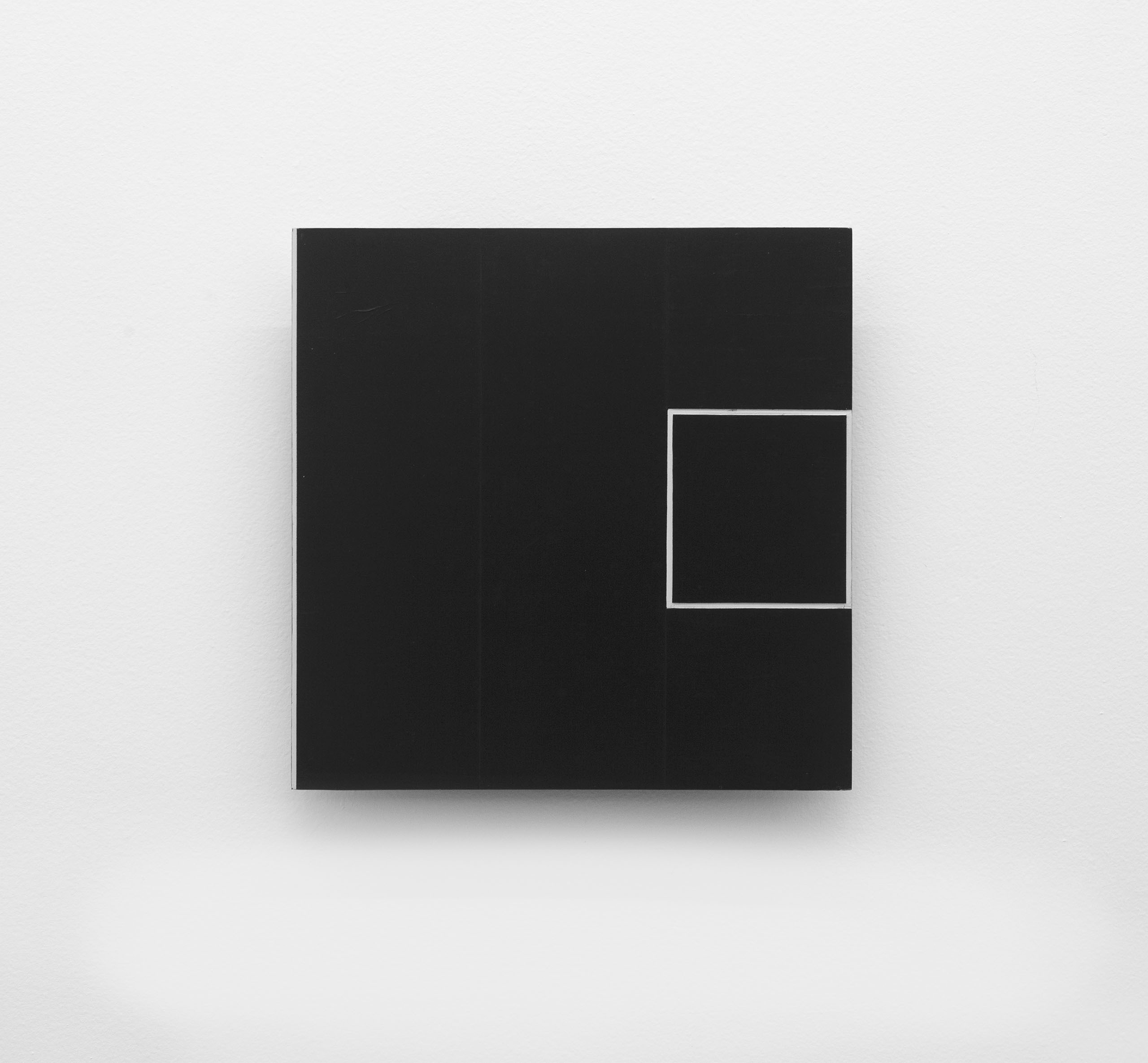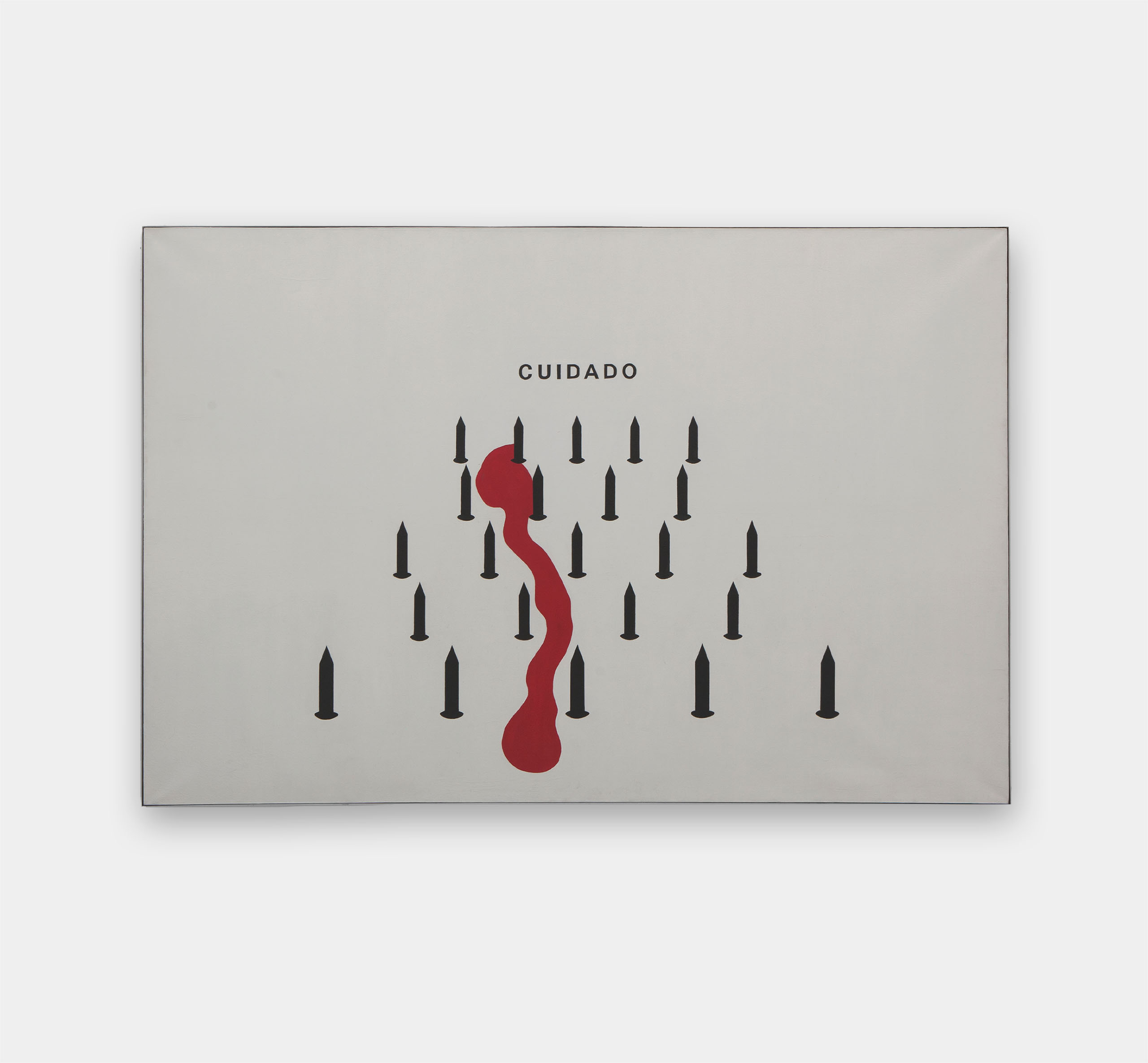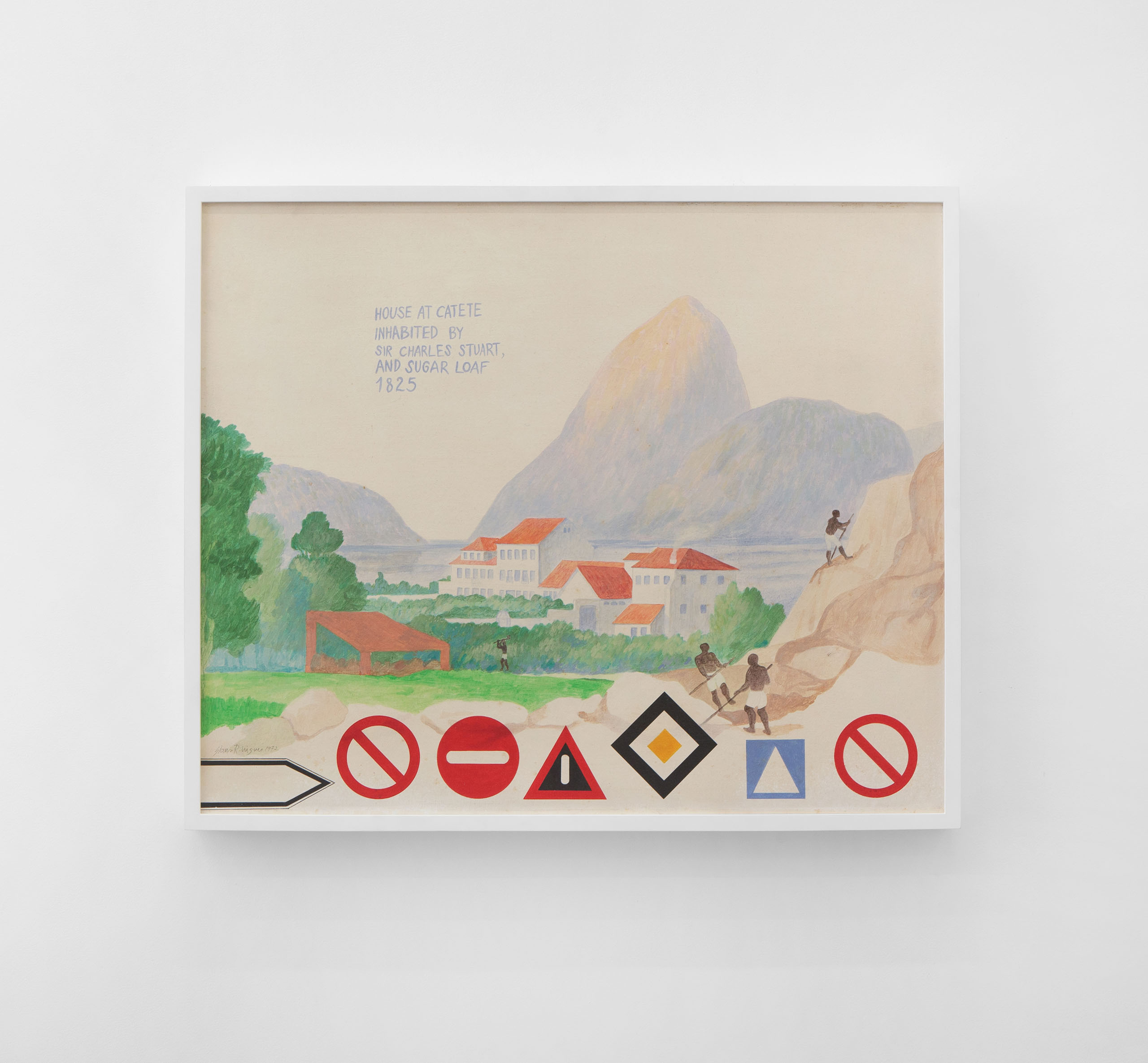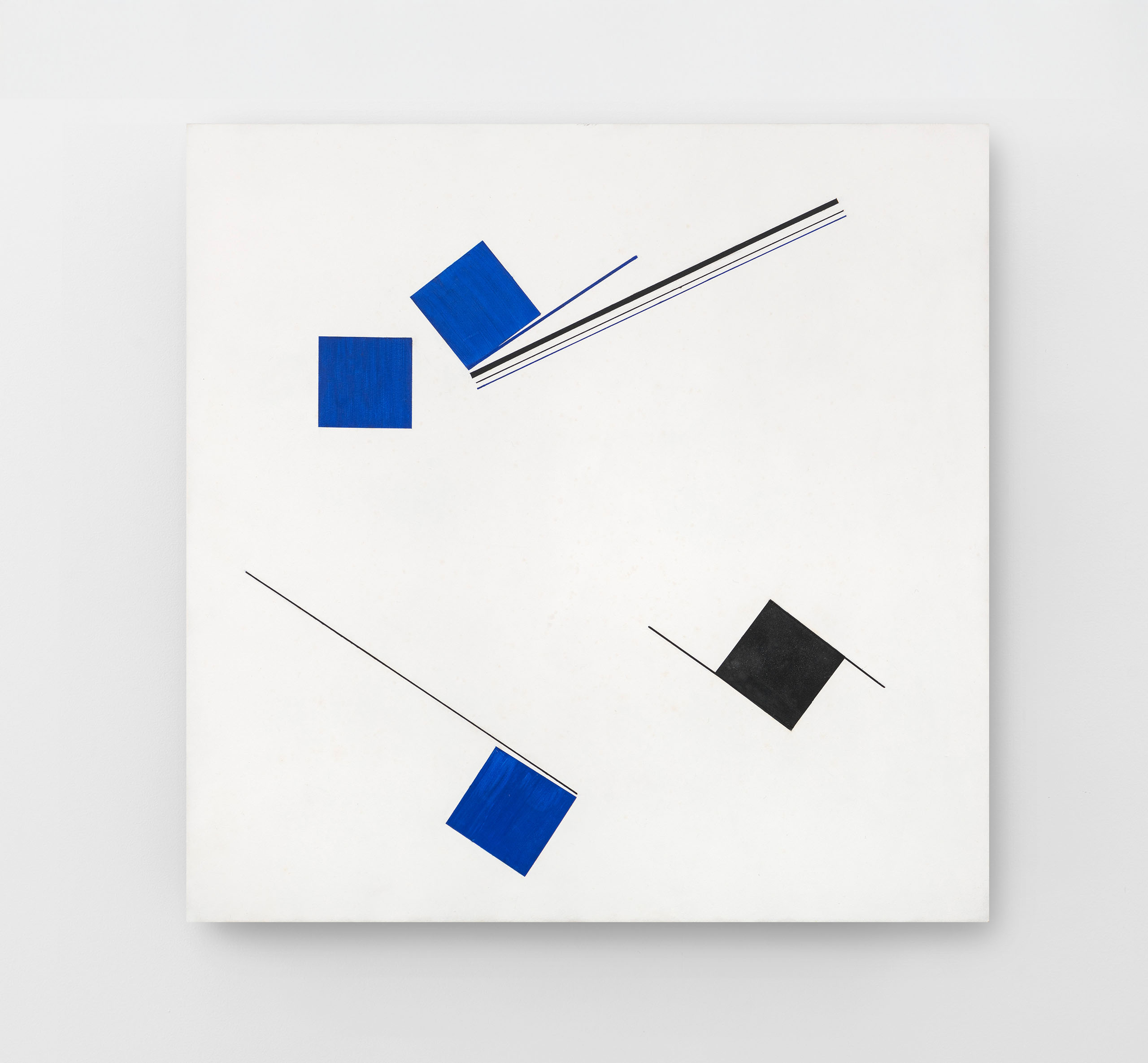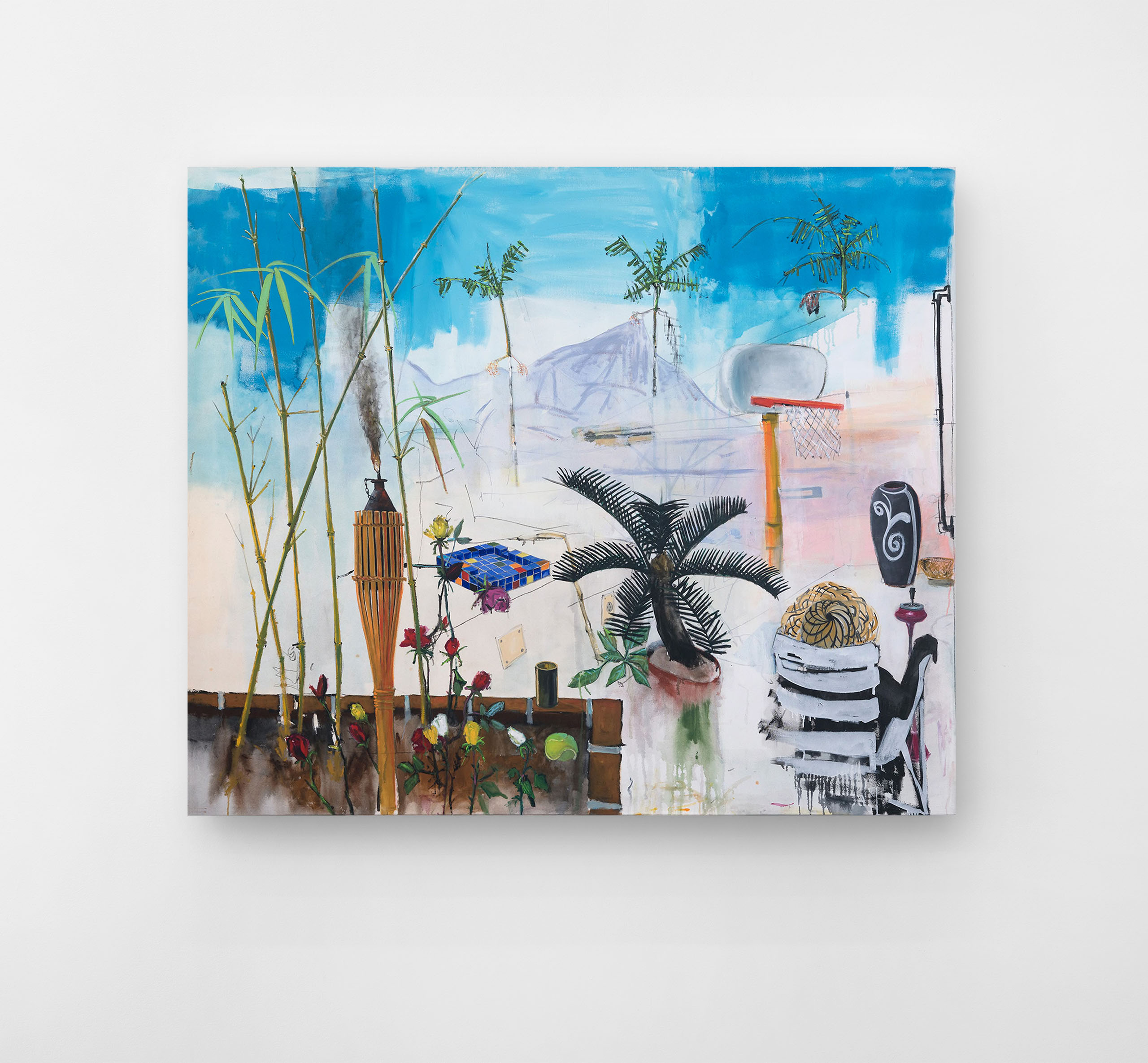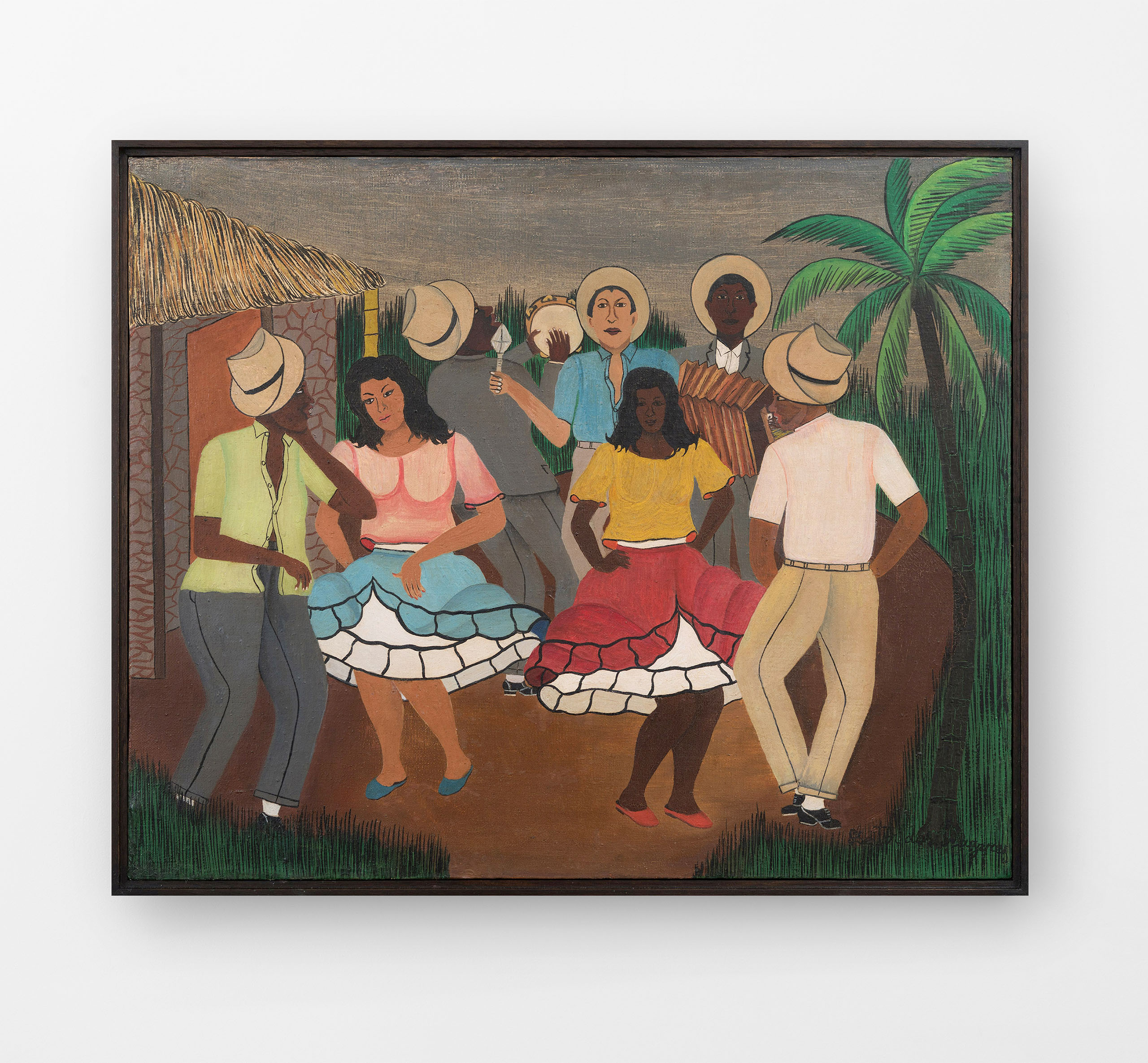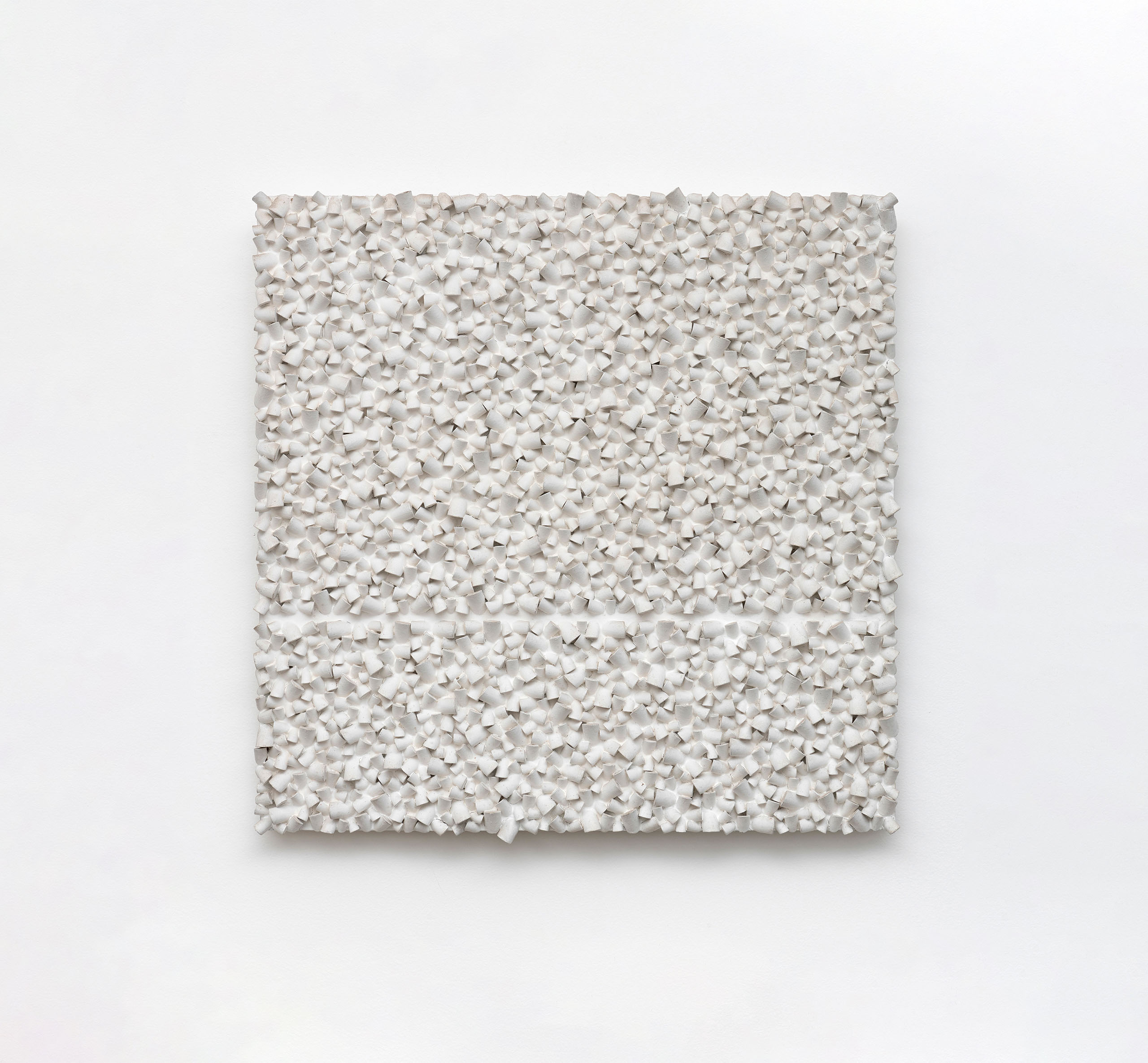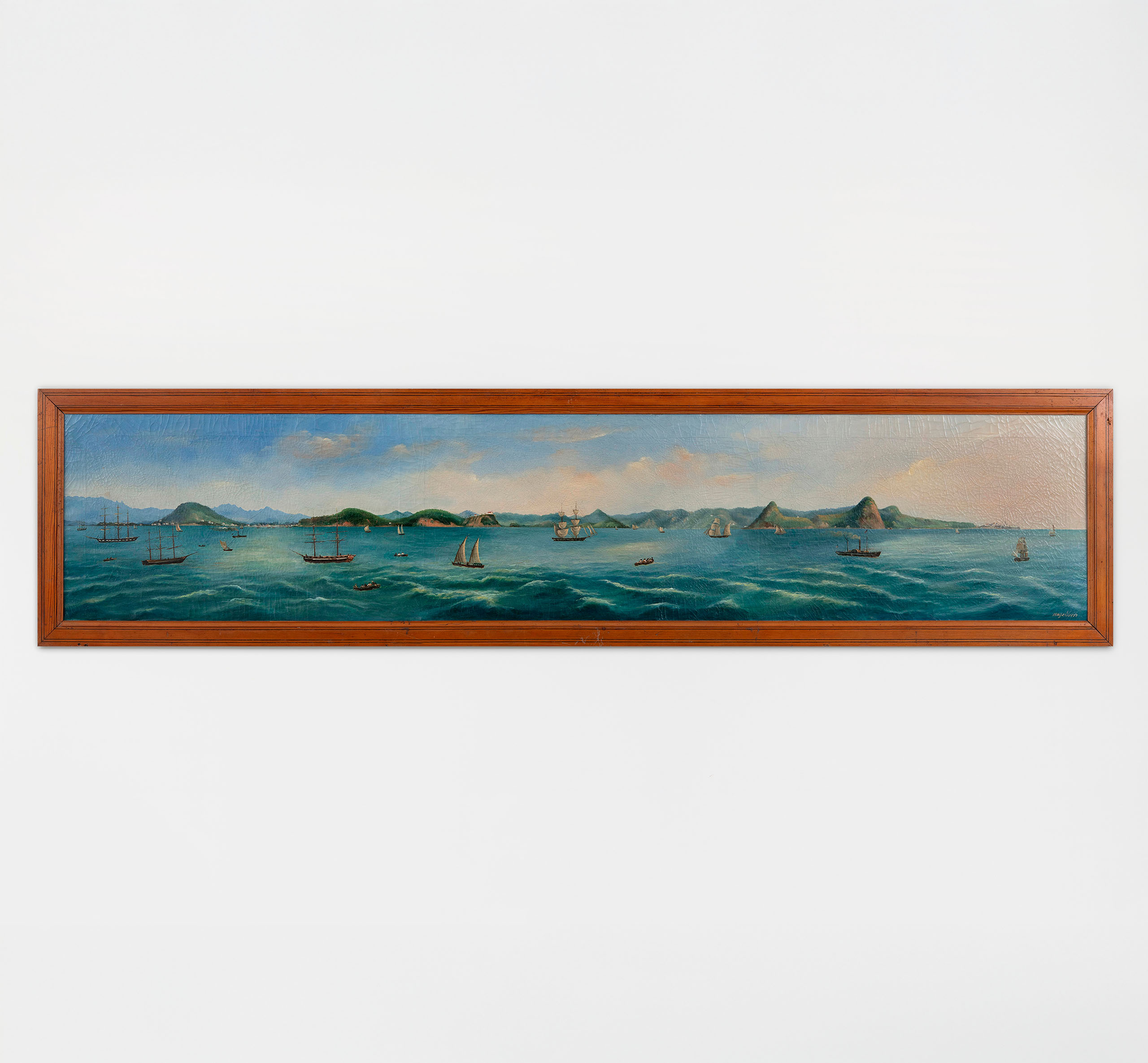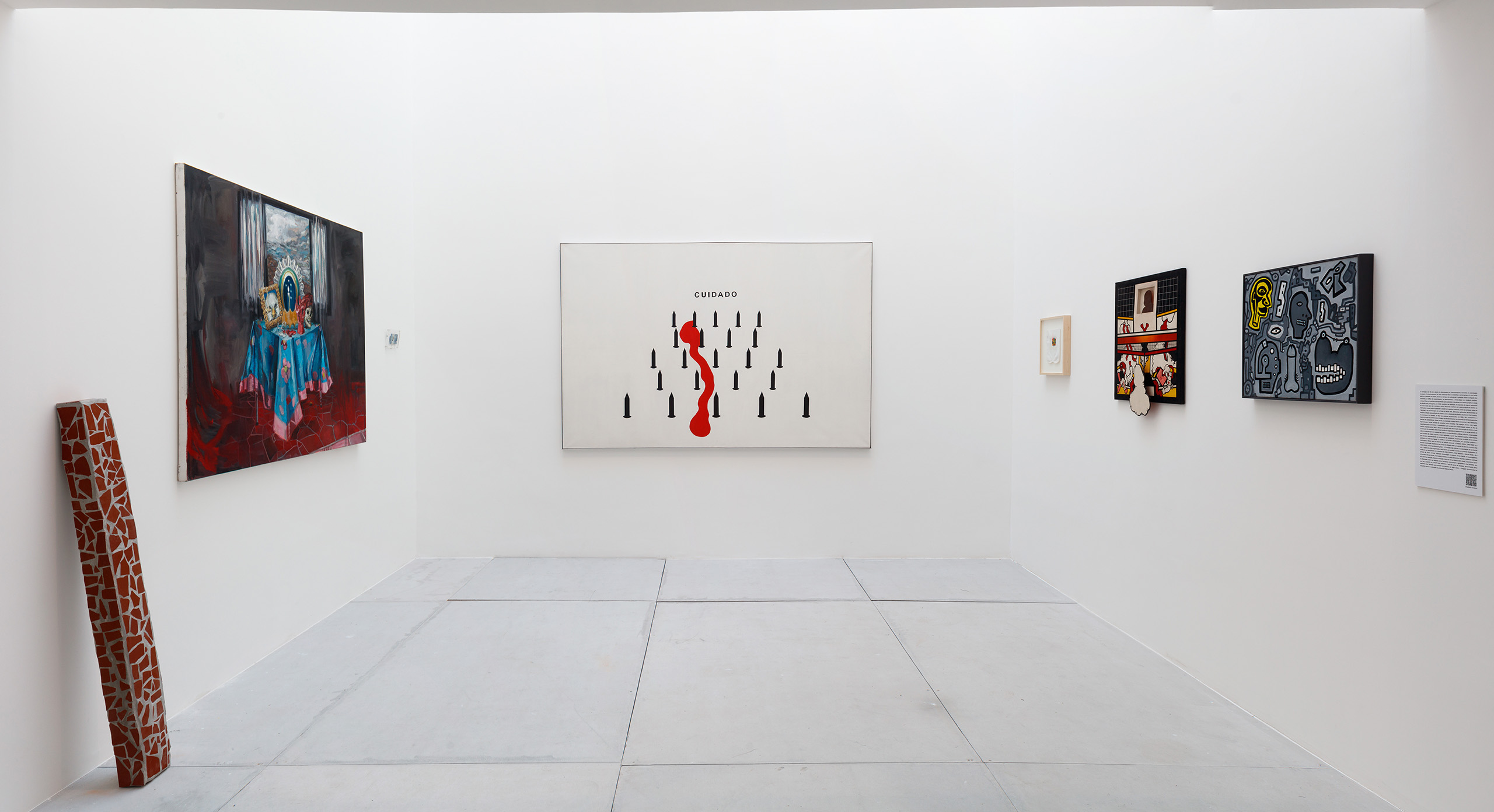
RIO: THE MEASURE OF LAND
There are different ways to approach a city through art. One of them involves the iconography of its landscapes—whether natural or urban—created across different epochs. Another entails revisiting chapters of local art history and capturing, through them, something unique about the city. A third path seeks to write a sort of poetic chronicle of the different aspects of the social fabric within the studied territory.
In the exhibition Rio: The Measure of Land, which marks the inauguration of Flexa, we delve into Rio de Janeiro, guided by the diverse approaches mentioned earlier. The group show brings together forty-six artists spanning from the early 19th century to the present. It presents both historical and contemporary cityscapes, as well as works representative of neo-concretism – a pivotal moment in Rio de Janeiro’s art history – alongside later works, and a selection of pieces addressing political and social issues, such as urban violence and cultural resistance, manifested through parties and carnival.
A common thread running throughout the exhibition is the juxtaposition of works created in different periods, creating friction between the past and the present. This curatorial approach suggests various paths, one of which reflects Flexa’s mission to foster meaningful dialogues within art history by curating a collection spanning a wide timescale.
The diverse range of artists featured here does justice to a Rio de Janeiro characterized by multiple facets that do not coalesce into a uniform image. Hence, multiple viewpoints and contexts are essential to delineate a comprehensive perspective on the city, resonating with its inherently diverse and unequal history. Lastly, the decision to arrange works non-chronologically, by bringing together pieces from distant dates, evokes Walter Benjamin’s (1892-1940) concept of the temporality of artworks. According to Benjamin, artworks possess an intensive rather than extensive temporality, implying that a contemporary artwork may have closer ties to a piece from a century ago than to its contemporaries.
Luisa Duarte | Curator
Lucas Alberto | Assistant Curator
Notas
- 1 The research that uncovered the overlooked etymology of the word “geometry” took place in the context of writing the text “Ione Saldanha: a medida da terra” by Luisa Duarte. This text is featured in the catalogue for the exhibition “”one Saldanha: a cidade inventada,” curated by Adriano Pedrosa, MASP, 2021.
- 2 Rio: The Measure of Land includes artworks from the Flexa collection as well as from various other sources.
- 3 From the song Rio de Janeiro by Elza Soares, 1997.
- 4 See: “Violenta geometria”, Rosana Paulino and Renata Felinto, Revista Zum, no. 19, 2021.
- 5 Calvino, Ítalo. Six Memos for the Next Milenium. London: Penguin Classics, 2009.
WORKS
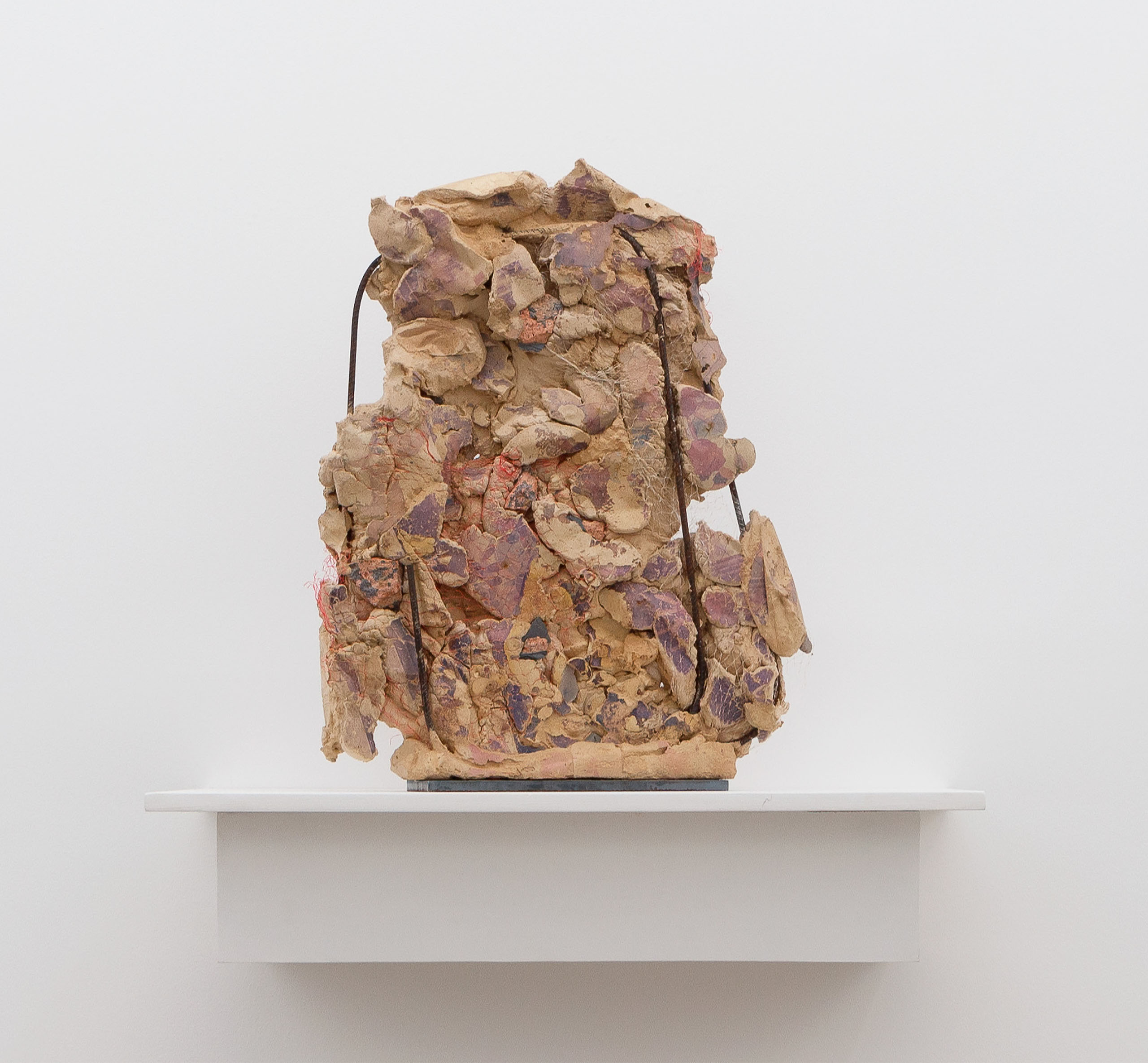
Ana Clara Tito
Sem título, 2023
argamassa, clarofilito, arame, vergalhão, rede plástica, transferência fotográfica
54 x 44 x 4 cm
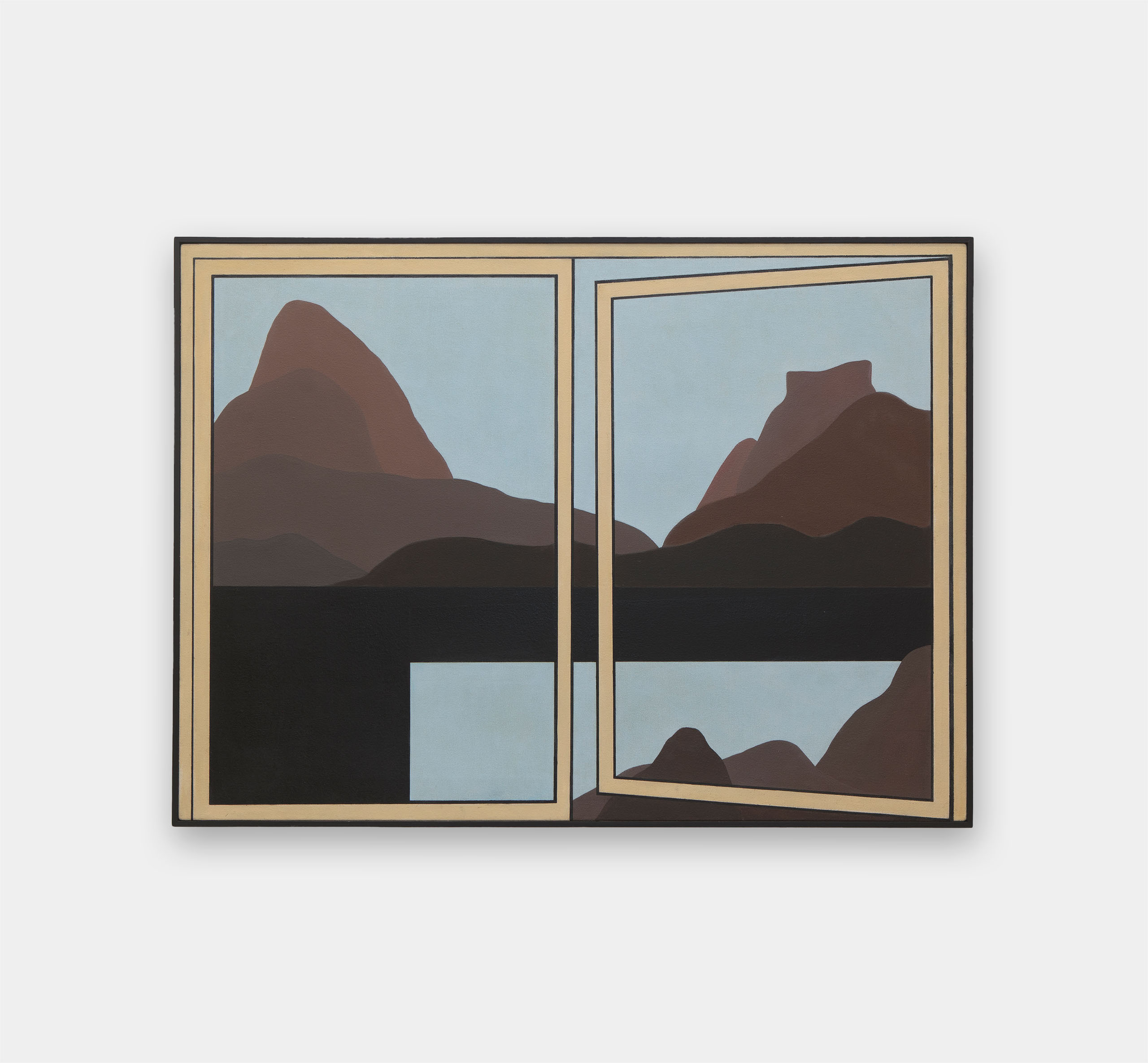
Wanda Pimentel
Montanhas do Rio (Dois Irmãos, Gávea e Pedra Bonita) n°10, 1987
acrylic on canvas
80 x 110 cm
